France
Paris
Switch to your local agency
Retour au menu
It’s a safe to say that many French people do not know what they will be doing for Christmas; and that it is only the weekend of December 19 and 20 that each family will organize itself. In the face of uncertainty and anxiety, the very idea of Christmas, its light decorations, its colorful dishes, its too many gifts, etc., seems almost indecent. Even downtown retailers prefer to dress their windows with their private label to talk about price rather than Christmas.
More and more consumers expect a positive transformation of society from brands and companies: 90% of French people expect brands to demonstrate a real CSR commitment (Denjean et Associés study, March 2019). They all want a more united, more sustainable and more respectful world.
In this gloomy environment, the brands that stand out are those that quickly meet the needs of consumers.
Alongside the hustle and bustle of Advent calendars which are becoming too marketing and too expensive, clever initiatives that revive and play with a certain idea of tradition are performing.
Do you know “The Elf on the Shelf”? This is the story of more than 14 million little Santa Claus elves around the world who come to share the daily life of a family from November and who, every night, fly to the North Pole to report to the Santa Claus. Every morning, it’s a pleasure to find where this mischievous little elf is hiding and it’s a nice help for parents to bring some calm; for a wise child will have the attentive ear of Santa Claus. A tradition that is still little known in Europe but is so successful, especially in Canada, that Kellog’s chose it to create its limited Christmas series to strengthen its bond with families.
And you, how do you want to talk about Christmas?
79% of people surveyed by Balsam, a brand of artificial trees, plan to spend the Holidays at home so as not to contaminate their loved ones (source: emarketing.fr). This change, certainly binding but more than necessary, brings its share of opportunities. Opportunity to rethink Christmas to go more local and open the door to a few neighbors or locally close friends to be together.
Opportunity for seniors to invent their Christmas “silver” so that they are not alone but that they get together with friends. Opportunity to create Christmas Apéros, moments of digital conviviality that are shorter but more visual, and above all more fun and conducive to the “finger food” trend! Opportunity to embark on a social Christmas by delivering good meals to caregivers, the homeless, those who need support, reminded them that they are not alone. Because yes, Christmas is above all a collective and united moment. It is not too late to launch a partnership operation to support an association! And the Mars Wrigley company got it right. This year, the brand is teaming up with Dons Solidaires for the operation “A magical and united Christmas” to offer the most fragile of beautiful end-of-year celebrations.
What are you going to do?

Between partial unemployment and repeated confinements, the year 2020 has been complicated for the pockets of all French people. Brands will have to take this into account for these holidays. All the more so as consumers are increasingly convinced that the circular economy promotes a more virtuous and more sustainable society; This is evidenced by the growing success of second-hand digital platforms such as Vinted, Le Bon Coin and Backmarket.
All brand initiatives relating to recycling, upcycling, waste reduction and anti-waste are and will be viewed positively by consumers. Thus, in this spirit, to offer sustainable toys, the startup Petite Marelle offers toy rental subscriptions intended for children from 0 to 6 years old. The principle is to move away from new purchases in favor of rental, while offering a wide choice of toys suitable for the awakening and cognitive development of children. Do not forget that 40 million toys are thrown away annually in France, ie more than 75,000 tonnes of waste.
What if, in the end, 2020 was the year that established use rather than property as the new benchmark for happiness?
Because we have seen the mental load of the French grow exponentially, because it has become difficult to take a step back, to recover, to escape or simply to let go, we dream that brands provide relief. Two main Christmas topics for a brand to consider: First, helping consumers make more useful and responsible gifts. We reserved food gifts for grandmothers who had everything. This year, it becomes smart and united to look into the boxes that know how to put together local creators and producers.
MasterBox was able to react with the confinement by offering everyone to join the collective to be the spokesperson for this great approach, especially since the Christmas markets will for the most part be suppressed.
Second subject: what meal to prepare? All the restaurants have shown initiative and openness: from palaces to home chefs, including starred restaurants, a new accessibility to gastronomy democratizes excellent cuisine. Le Gabriel, Le Meurice, La scène, David Toutain, Le Septime and so many others need us all! All you have to do is consult the Michelin guide website, or the Belle Assiette or the Flying Chef, and of course all the restaurants close to home, to combine pleasure and letting go!
And you, what are you going to do for dinner on New Years Eve?
Finally, to love is also to surprise! At Christmas, everything is allowed to share to laugh and smile: dare to be creative! In July, Burger King took the gamble of decorating some of its restaurants (in the USA) with Christmas colors to bring magic to the daily lives of its customers with the desire to speed up the transition to something else! Huge image success for the fast food brand!
To surprise, the ideas are multiple, not to say endless. How about a tropical Christmas, to get a change of scenery and feel like you’re traveling and getting away from it all?
Finally, to strengthen ties, draw inspiration from a tradition that smartphones have almost eliminated: sending Christmas cards and greeting cards. Rediscover the simple pleasure of choosing the right card, a few words to write, a drawing or a printed photo to send; and when it’s useful, ecological and fun, it’s even better! Does a card that blooms sound like you?
In short, at the end of 2020, brands still have something to surprise and support French consumers in their desire for positive and lasting change! How? Design through innovation and reincarnation of the brand through branding can be good levers to help brands be useful to consumers.
Laurence Béthines
Deputy director in charge of strategic planning at CBA paris
The quest for meaning and usefulness brings a lot of changes; especially for brands that had chosen omnichannel. Signs that brick and mortar retailers are losing consumers along the way. The same is true for Digital Natives brands which only have a virtual relationship with their customers.
Why? Simply because Retail is a tool, not a purpose. It must be thought as an ecosystem and each brick has its importance when it comes to usefulness.
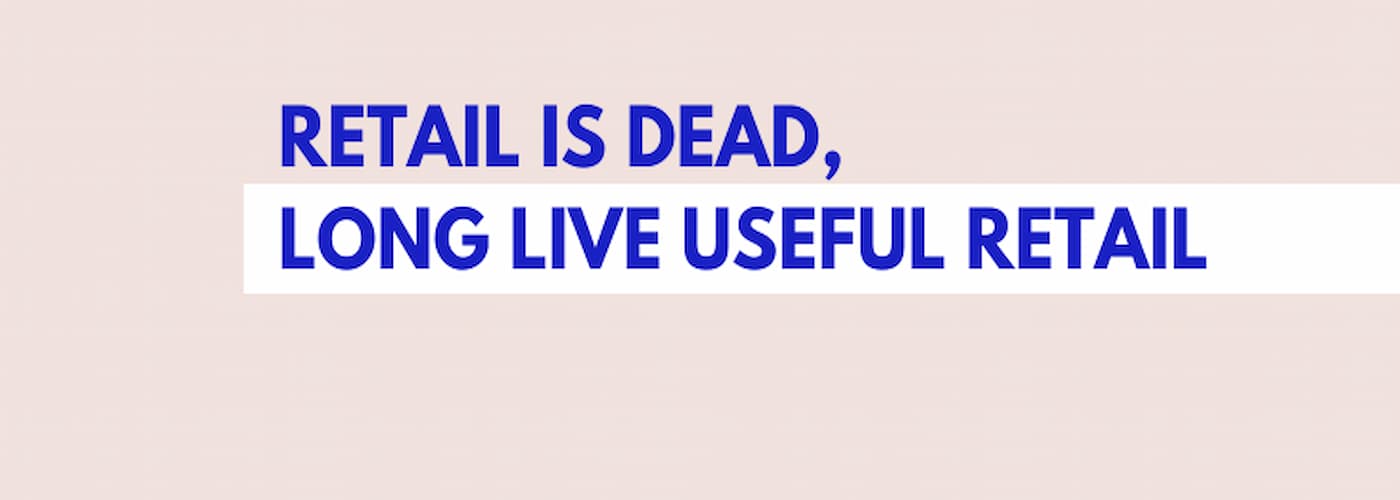
Today’s technologies are not the enemies of Retail. On the contrary, they make it possible to improve relationships, to facilitate advice, personalization and listening, and to manage inventories and the supply chain in real time, thus making it possible to better adapt to market expectations. The new digital tools also give every consumer a voice, creating more opportunities for brands to understand and respond to consumers and to create unique relationships on a large scale. On the other hand, brick and mortar stores are tangible proofs of a brand’s seriousness and credibility. Street stores appeal to the five senses (sight, hearing, touch, taste and smell), allowing consumers to immerse themselves in the brand’s universe, and thus to retain a stronger emotional memory of the brand.
This is why it’s important for the future of Retail to take both of these aspects into account in the quest for reinvention: digital access combined with physical experience in-store.
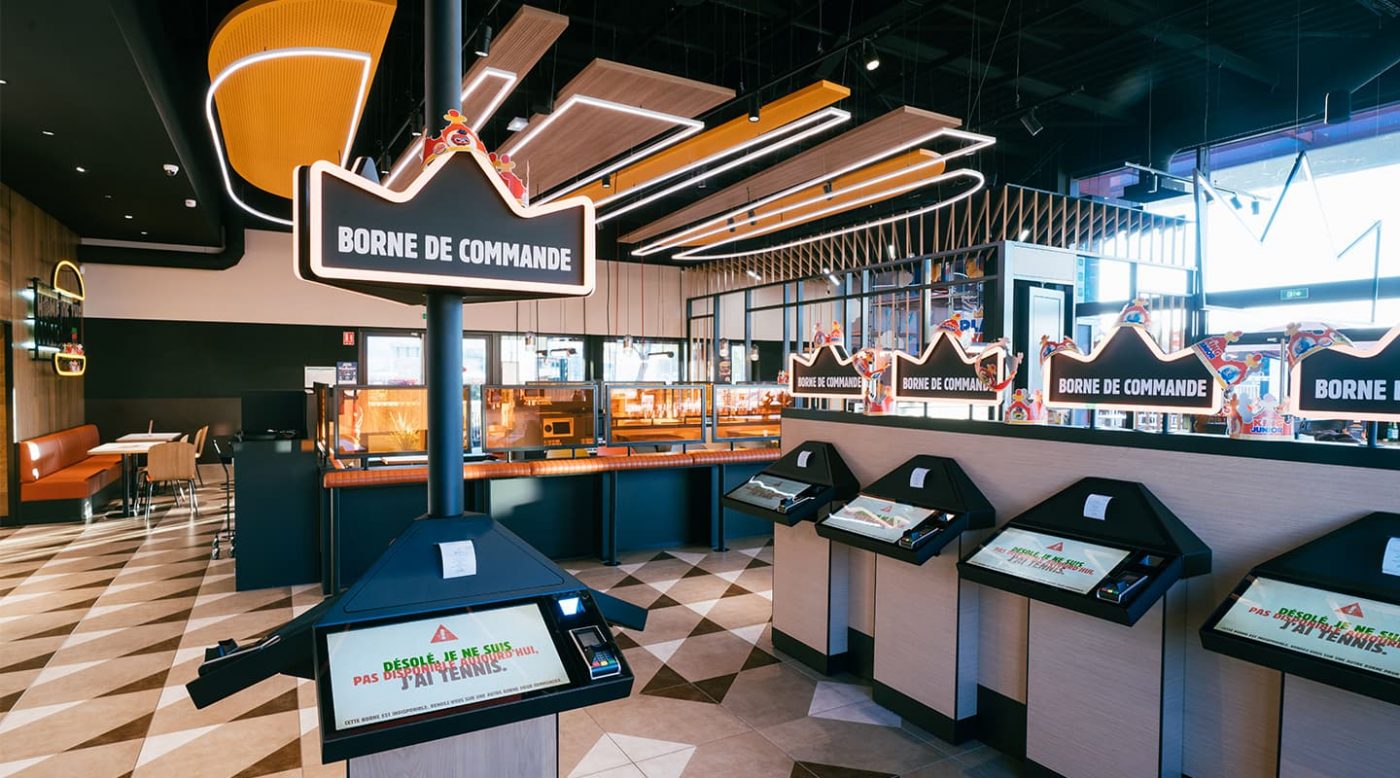
Moreover, the newest consumers (Gen Z) are curious, engaged, actors of their (virtual and real) lives, in search of adventure and highlights. They like to perform on stage, social life is like being in a play. These “consum’actors” like to be part of a tribe and to think collectively: they like carpooling, co-working, co-living, etc.
They carefully consider their relationship to a brand, which must be true, intimate, surprising, unique and diverse.
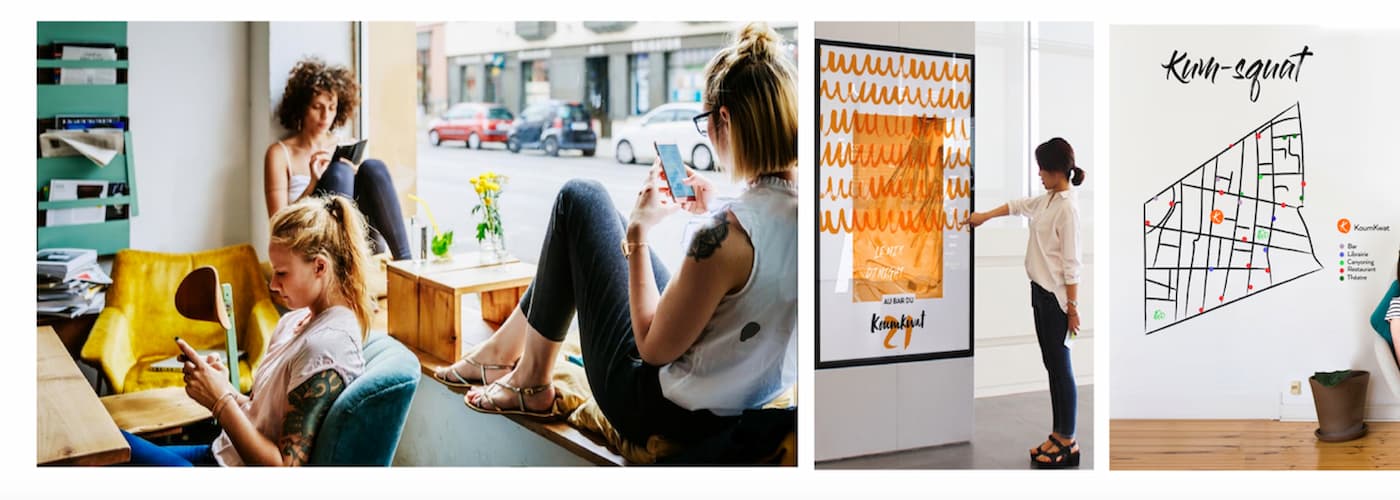
Therefore, if I had to invent a new brand today, as a designer, I would start by asking myself about the target audience and what their personality, tastes, habits, lifestyle and values are. Then, I would try to define a meaning and purpose that responds to a lack, or to a need for change. And I would finish by building an ecosystem for the relationship, making sure that each building block is at the right place at the right time. This could be done seamlessly by:
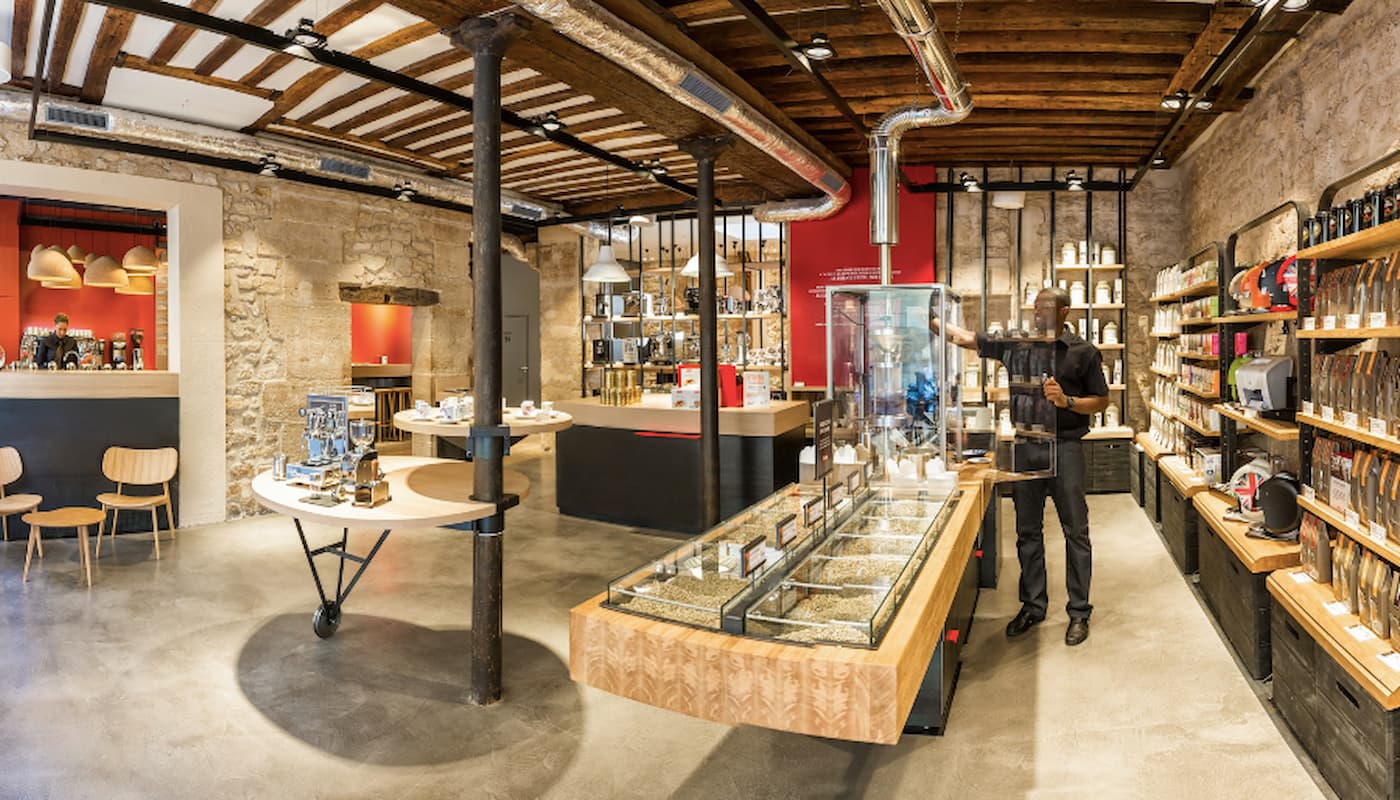
Tomorrow’s Retail is ultimately a tool to fully experience the brand with your head and your heart. Experiencing the brand before, during and after the act of buying, because customer loyalty is the best proof of success.
The Retail we once knew is dead; let’s invent the Retail of tomorrow by developing an ecosystem of physical and virtual experiences.
Something is useful if it serves a purpose or a person, or if it satisfies a need or creates the conditions for a need to be satisfied. An individual can be useful. So can an object. So can a service. All kinds of things can be useful, and all kinds of other things can be useless; something that is useful for one person may seem useless to someone else. So who is the judge of what is useful? And what criteria make it possible to judge?
To understand usefulness, it is interesting to observe how we define it over the course of a lifetime.
As children, usefulness opens up the field of possibilities. We constantly ask ourselves, “Why?” and “What’s that for?” These two questions shape our worldview, our understanding of what surrounds us, and the future we wish to create. The main criteria for assessing usefulness are logic, common sense and ideals.
As adults, usefulness becomes a means to an end. “How?” and “Why do that?” are the questions that guide us. We study for a career. We work to get paid. We make a life for ourselves in order to leave a legacy. The criteria for assessing how useful something is include how much time it will save, how well it performs, whether or not it can make money, and what kind of legacy it will leave.
The shift from childhood into adulthood turns our field of possibilities into a life path which is all mapped out.

It is a chance to ask ourselves the questions that we stopped asking. It has made us realise that we can no longer carry on as before.
So the “downtime” opens the door to three opportunities. One is to create an ideal world with the aid of logic and common sense. Another is to establish new criteria for usefulness, criteria which define usefulness as whatever enables us to improve society, to contribute to the well-being of humanity or to preserve the planet. Finally, we have the opportunity to act collectively, since we have realised that we cannot succeed on our own.
Some brands have already led the way, proving to us that it is possible. Too Good To Go is putting an end to food waste. Yuka is encouraging manufacturers to offer healthier recipes. Farmers’ drive-through stores are helping consumers to eat locally. Engie is rewarding those who consume less energy. Daddy is getting rid of its plastic packaging. Patagonia is repairing damaged products.
Others want to follow this new road as well, making use of their resources and their visibility to serve the world of the future. But how can brands achieve this?



Design is an extension of usefulness. What links them is the task and intention they both share: to make everyday life easier and thereby facilitate change. Design is a tool for transformation, and it makes usefulness visible and tangible. In a way, it is the voice of a brand’s commitment, which means it can help to raise consumer awareness and thereby create change, a positive action that may lead to progress.
So for the brands, what we’re talking about is designing business models that make it easy to change our behaviour, by getting citizens involved in the effort. So we need to design positioning that motivates people to make a positive impact. We also have to design identities that have a beneficial influence. And we need to design products and services that embody this new approach.
That means designing useful things, with honesty, flexibility and commitment.
We are all facing the same situation. The current epidemic is forcing us to take a time out. More than three billion human beings are on lockdown, giving those not on the front line fighting the virus the opportunity to reflect on what they really need, and want. This represents a major spring-cleaning for end-users, consumers and local communities. What do we want to change in our lives and society?
Both individually and collectively, this current state of introspection is quite evident, but it is nothing new. We must not forget that in recent years, we have witnessed a growing current reflecting a deep need for change with the Yellow Vests crisis, general strikes, the #MeToo movement, eco-anxiety, and more.
The quest for meaning, purpose and being useful to society have all emerged in recent months. Enacted in April 2019, the French PACTE law is an example of humanity waking up to the need to get involved.
CBA has embraced this revolution for almost three years now. Through our Critical Imprint® initiative, we seek progress through design. This ideological, methodological approach has allowed us to establish a brand’s value with consumers and society, as well as to measure their concrete impact. We are also aware that major change does not happen by itself. Therefore, we have built a partner network tackling collective intelligence (Bluenove), brand value evaluation (Occurrence) and forecasting.
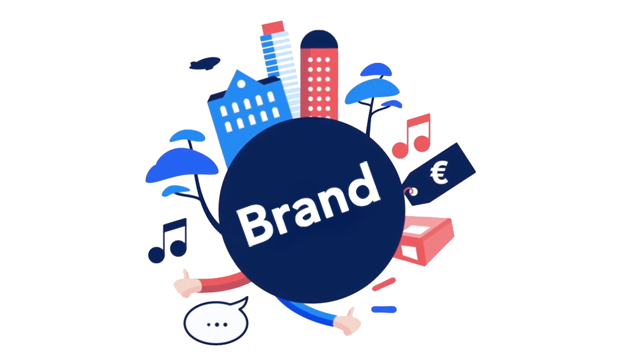
During this time of great reflection, how can we understand the deep changes that will result from the pandemic disaster?
Even though scientists had warned us about these risks, we must admit that our societies were not ready. Instead of plunging into a fatalistic attitude regarding a relatively unpredictable future, we must see the positive side of this situation: anything can happen. We are no longer confined by a gloomy narrative that defines a de facto future. We can take back our power by using our imaginations to envisage a new path.
At the end of this pandemic, it may be tempting to go back to the way things were before, but this is neither a viable, nor enviable, solution. However, building a new tomorrow by razing the current world to the ground is neither realistic nor relevant. It is up to us as citizens, nations, and companies to sift through, keeping what is good, improving what is useful and abandoning what was leading us off the edge of a cliff. Beyond everyday solutions, including mass remote working and medical phone consultations, changes in philosophy are also looming.
As a design agency, we must serve as a bridge between reality and companies: brands.
To understand the upcoming sweeping changes, it is necessary to know how to listen for and decipher weak signals. As a design agency, we must serve as a bridge between reality and businesses through brands. To do this, we need to go further than our Critical Imprint initiative. Discussing and listening to consumers through collective intelligence and analysing opinions are tremendous tools, and ones we will continue to use. However, in order to find, track and decipher weak signals, we must go out to meet so-called fringe end-users.
By definition, something on the fringe exceeds normal boundaries. A fringe user pushes things to their outermost limit. We increase the possibility of seizing real opportunities for innovation by taking a problem out of context and framing its development beyond its target users.
In 1872, Alexander Graham Bell believed he could use emerging electronics to help deaf people to hear, by creating a machine that sends sound via telegraph with a transmitter and a receiver. That’s how he invented the telephone. For the same reason, 100 years later, Vint Cerf programmed the first messaging protocols for the newly-born internet. Emails were the only way he could communicate with his deaf wife when he was at work. The vast majority of users of phone or email users are not deaf, but two major innovations emerged from addressing the unique communication problems of the deaf.

Fringe users refer to two opposite extremes of the spectrum for the use of a product or service. Their needs and desires are amplified. They find workarounds to existing problems or frustrations, unlike average consumers. They launch trends and thus become early adopters of a new consumer movement. For example, veganism was considered niche only a few years ago, but is becoming increasingly mainstream.
We can speculate as much as we like, but we are still in the midst of the storm at the moment, and everything is too unclear to know what will happen in the future. The only certainty is the belief that tomorrow’s consumers and end-users will have been pushed to the extremes in terms of their desires, requiring a profound change in the rules of the game. It is up to us to find those who have something to teach us, to listen to and observe them in order to understand how today’s world is evolving into tomorrow’s horizons. In this context, the lens of Critical Imprint® does not bring certainty in knowing what tomorrow will bring, but it can certainly contribute to an improvement in a brand’s value, resulting in increased engagement, commitment, simplicity and efficiency.
The role of the brands in our society has changed and this is no big news for anyone. Brands can no longer exist only to be a source of revenue for their entrepreneurs. Today, the ticket to enter or maintain a position in the market is to (re)think the brand’s fundamentals with much more conscience of its impacts in the world and find a reason why to exist that goes beyond profit. Some of the biggest companies, such as Unilever, have already started this mindset switch.
In a society where change is the key word, brands (and of course the companies behind these brands) have more responsibility than ever and have to use their social and financial influence to be useful, in some way, to the world and to their surroundings (Figure 1).
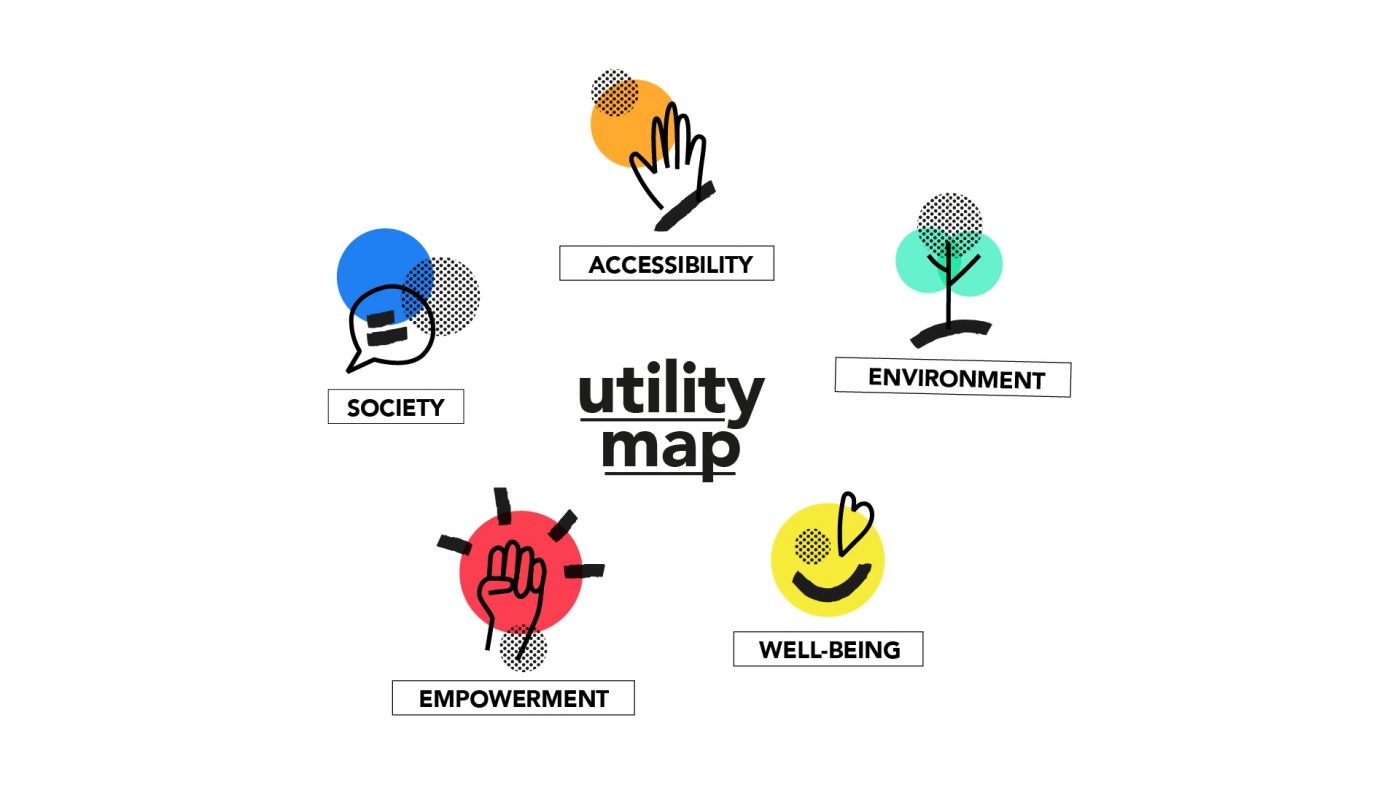
brands have a strategic role to play: they must convey an experience, a culture (including attitudes, worldviews, behaviors, ideological positions, etc.) that the individual will be able to adhere to and reproduce. But giving one step forward, more than generating identification, brands can also engage those who are sensitive to their purpose to generate positive changes in the way they think, behave or consume to, consequently, drive positive impacts in our society (Figure 2).
Daniel Bo, in “Brand content”
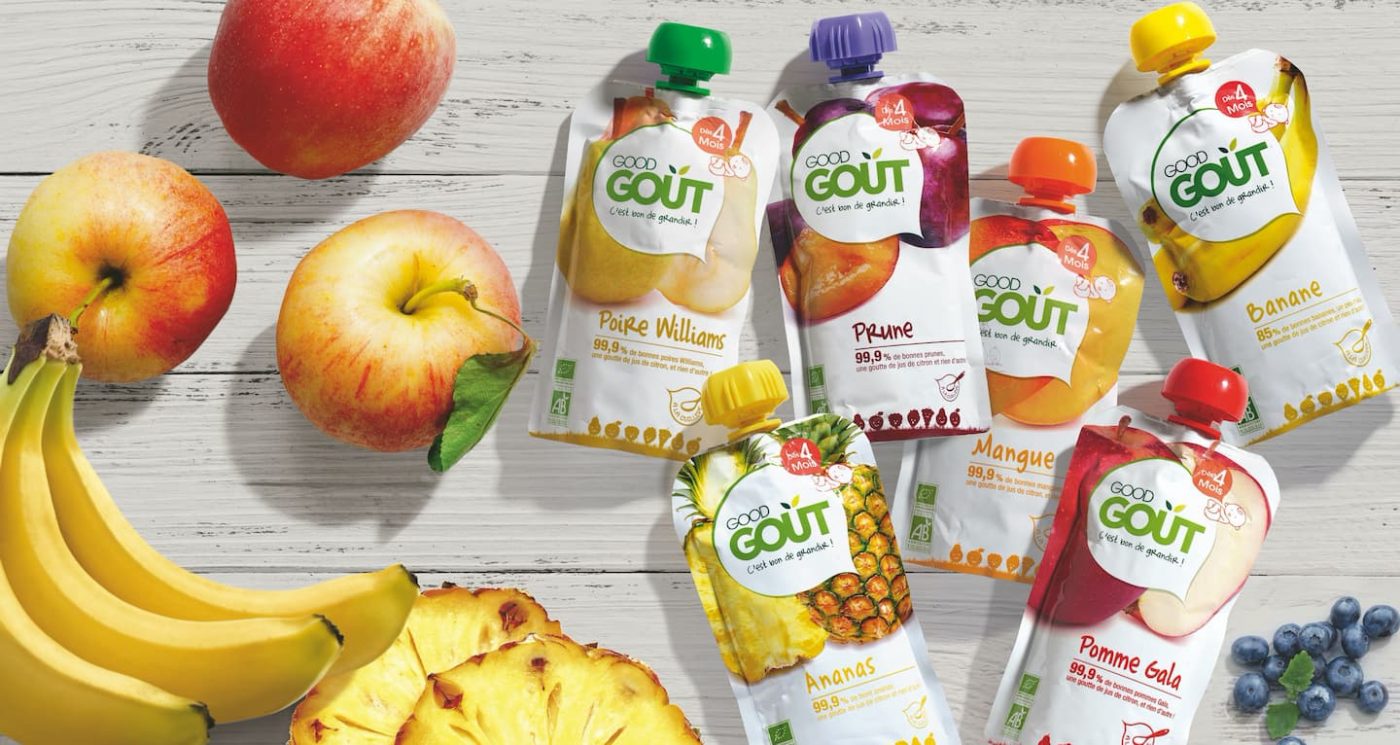

In this new dynamic, the relationship between brands and consumers moves from a purely transactional one, focused only on the product and its price to another, much more human and collaborative, based on the sharing of similar values and beliefs (Figure 3).
Within this scenario a challenge appears: since forever marketers and communicators are used to track their brands using KPIs such as awareness, consideration, leads, preference, affinity, ROI and etc. Until now, all these metrics worked as ways to monitor and predict purchase and therefore, profit.
As said at the very beginning of this text, brands play a larger role in our society nowadays and we need to review the way we measure their performance to keep pace with their own evolution. Besides sales capability, we have to be able to capture if the brand manages to define a recognizable and truthful purpose which people can relate to (purpose awareness) and then its ability to mobilize people towards this belief (brand engagement power)
(figure 4).
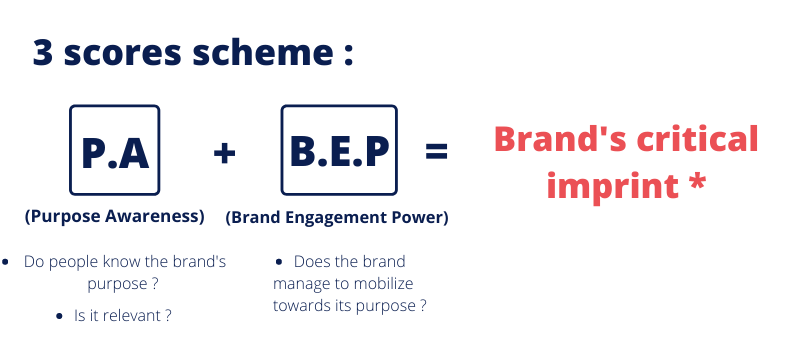
The way to measure this new type of brand performance is still being built and tested in different research and consultancy firms, and each one will probably come up with its own BPI (brand performance indicator), with a different naming and a different methodology in 3 or 5 years from now. However, two key points need to be taken into account in all these approaches, regardless of who built them :
Brand-building is not an exact science and so it shouldn’t be measured using only numbers. It’s factual and emotional at the same time and created in the sum of various experiences : from the consumer identification with the brand offer and positioning to its design ecosystem (logo, store, pack, site, colors…). This last one being responsible not only for the materialization of the brand promise and purpose, but also to the consumer’s reaction/response to it (performative design).
(figure 5).
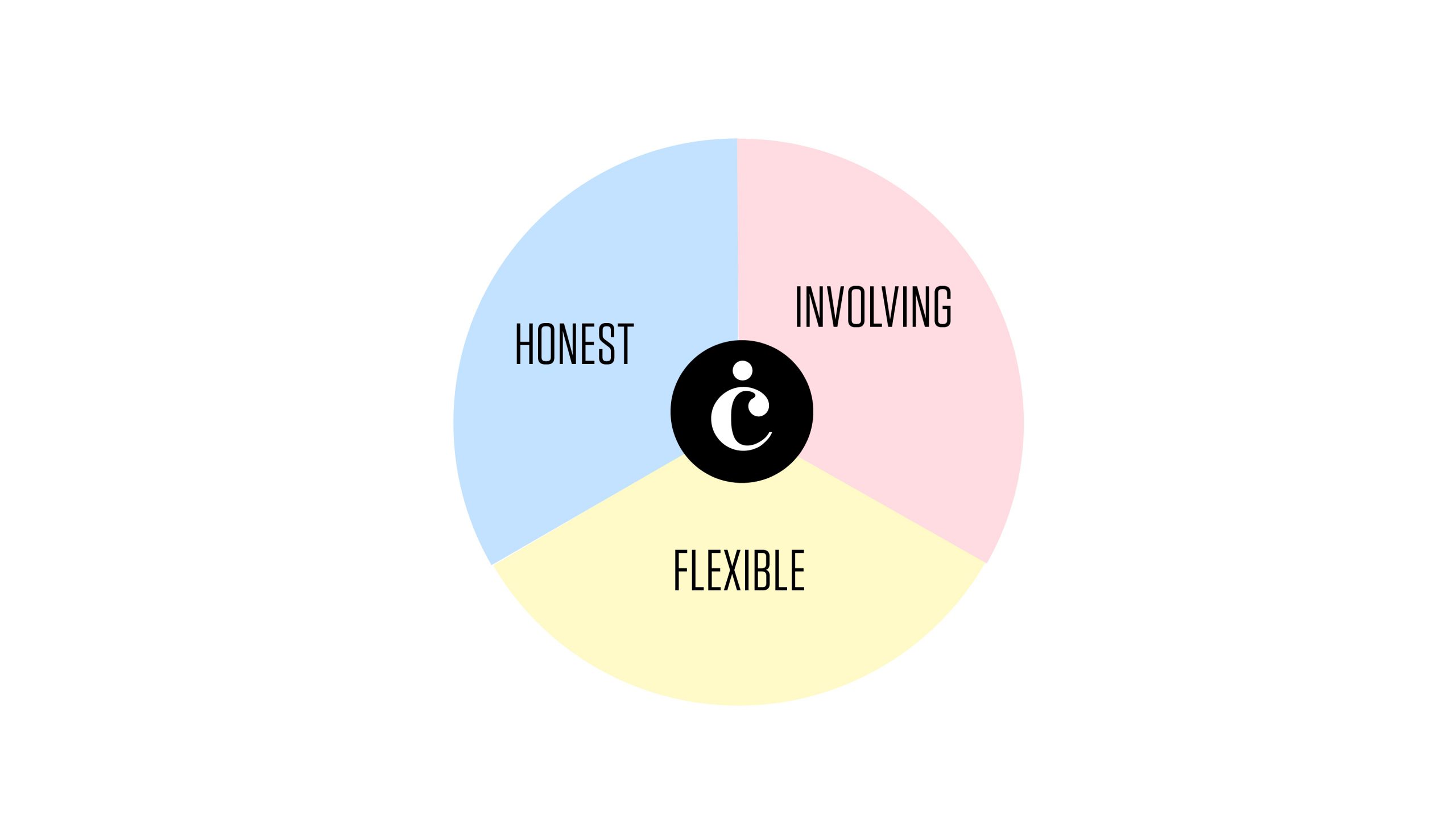
This explains why we need to craft a plural approach to encompass it all, mixing hard data with human knowledge and quantitative with qualitative methods. This mix is indispensable to have a full picture of a brand’s real life.
– We are talking about a long-term brand-building here.
In an age where digital marketing has unleashed an obsession with efficiency, leading marketers into a short-term mindset, this may sound crazy, I know. But as Peter Field of the Institute of Practitioners in Advertising says “A lot of people in management are judged quarter by quarter, and they want results, by quarter. I wish we had more CEOs and CFOs that understand if we restrain brands to the quarterly cycle, we stuff it”. So, be patient.
In short, our society is living huge transformations and brands have to adapt to it if they want to survive. It’s then a question of natural selection for us, “brand experts”, to be part of the change as well.
Natalia GALLUCCI, planneur strategic
The theme of sustainability is becoming more and more pressing in every productive and economic sphere, touching also different areas, from the attention to the environment, to the social and economic impact of the single choices of the brands. In this scenario, design takes on different roles: from being synonymous with the production of increasingly sustainable (and at the same time profitable) products and services to a true holistic and systemic approach to design, u0022sustainableu0022 in its own premises, regardless of the result that that particular form of u0022designu0022 can produce.
Needless to mention, in the first case, the numerous examples of products and services that use materials, processes, production techniques that have little impact on the over-exploitation of natural resources and that, at the same time, do not see their profitability undermined.
Patagonia is one of the most famous brands in this direction: born in California in 1972 from a small company that produced equipment for climbers, today it produces and sells clothing for sport, all in a sustainable way. Since 1994, for example, all Patagonia cotton garments are made from 100% organic cotton, instead of the one grown with massive use of pesticides.
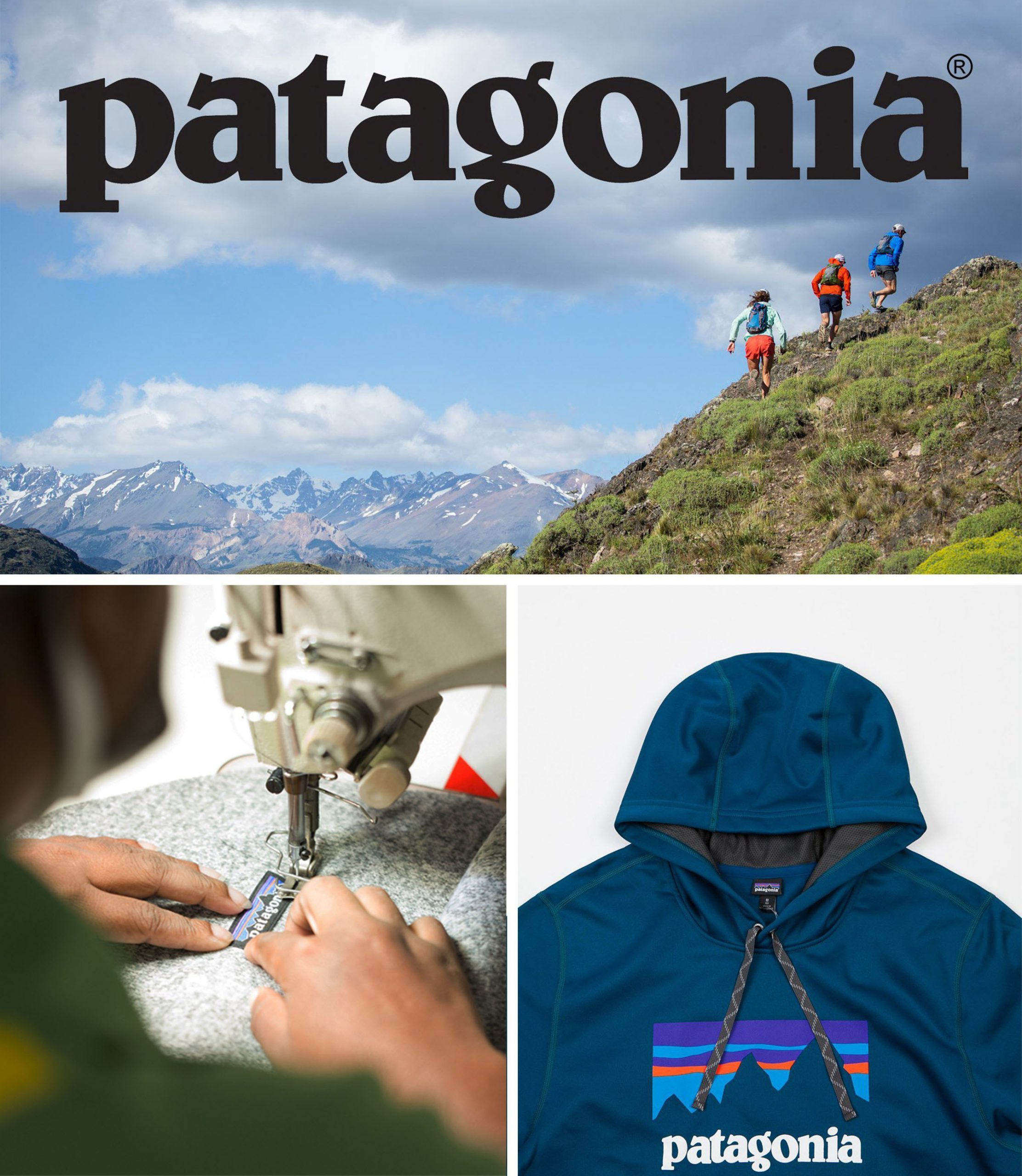
Even Apple, although at first glance in our imagination may seem far from the idea of “sustainabilityu0022, has made a serious contribution signing an agreement in 2015 worth $ 1B with First Solar, the largest park builder in the United States. Using their technology, Apple is able to power its stores, offices and data centers in California with solar energy.

Another well-known example is Lush Cosmetics, a brand of completely natural beauty products who invoices about $ 1B per year. Since its inception, Lush has been dedicated to producing eco-friendly products and practices. Their success and their dedication to respecting the environment are paving the way for other beauty companies, increasingly dispelling the myth that u0022being too sustainable costs too muchu0022.
But the combination of design and sustainability has taken a step further: today it is no longer u0022justu0022 devoted to the production of sustainable products (or in their final result, as in the case of Patagonia and Lush, or in its production process as in the case of Apple).
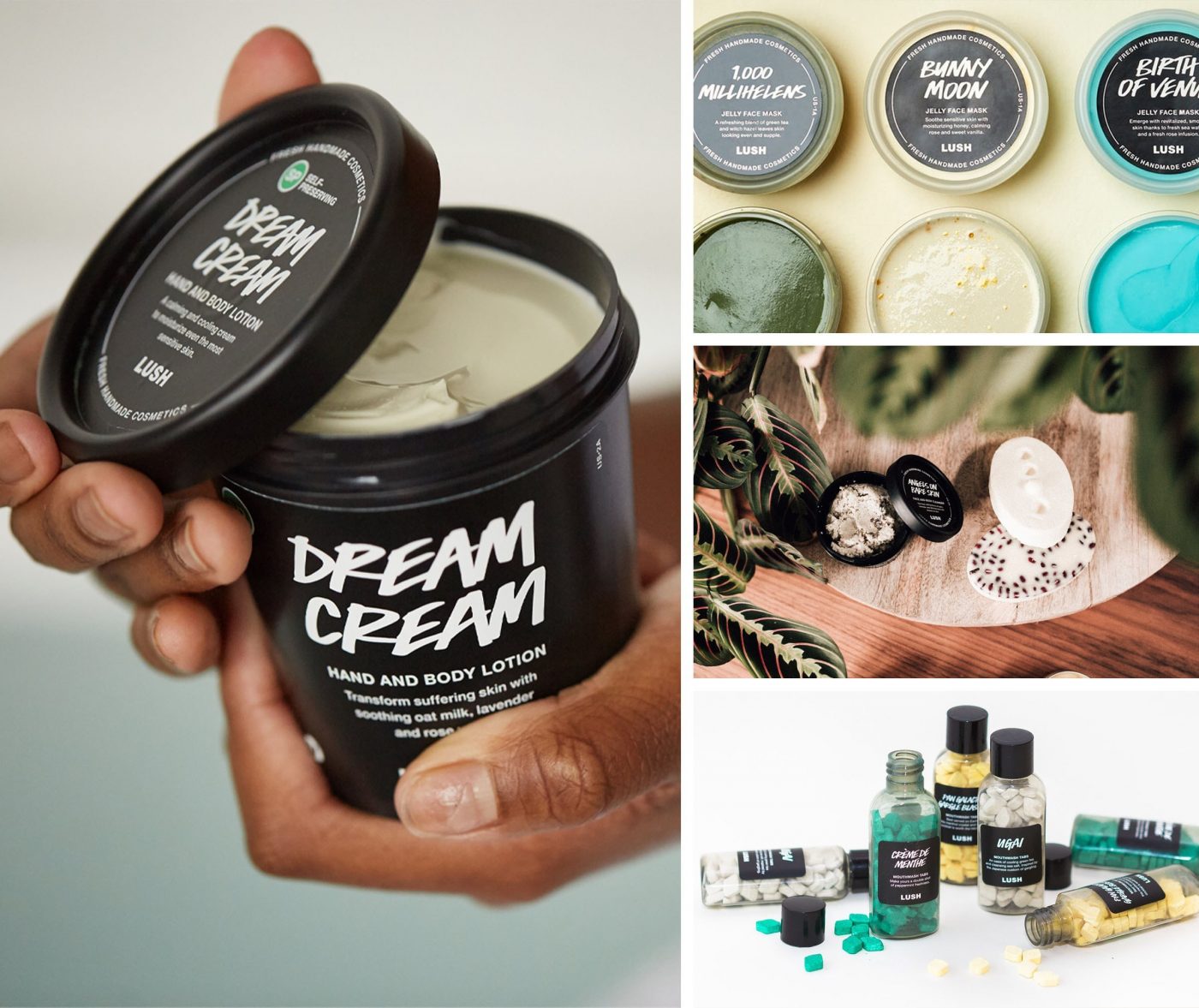
If it is true that design has become increasingly synonymous with a design approach even before the visual and concrete result of a creative work, even “sustainabilityu0022 is becoming increasingly synonymous, first and foremost, with a design approach.
We are talking about a systemic approach that is “sustainable” by nature, at the very moment in which it proves capable of taking into account the entire network and the context in which it is immersed. An approach that considers challenges in a holistic way, focusing on solving problems at a higher level, making much more radical changes possible that affect changes in consumer habits and behavior.
It is therefore a question of broadening the gaze to understand how to respond to a specific need for well-being. Designing product and service systems within which companies, consumers, institutions and all social actors live together in respect of their mutual interactions.
Think for example of the phenomenon of car sharing: the holistic and systemic design approach with which it was designed, has turned its attention to the broader concept of mobility, exploring it in all its meanings, even before moving towards the design of less polluting vehicles.
In this perspective, u0022sustainableu0022 design tends to reason not only in terms of product and service but in building profitable relationships and new partnerships to tackle problems differently.
Through a systemic approach to the resolution of needs that companies – as always – cultivate the ambition of wanting to answer, it is possible to imagine u0022new worldsu0022 by designing interactions with users never seen before.
Francesco Saviola, from CBA Italy
TECHNOLOGY FOR BRANDED EXPERIENCES: FRIEND OR FOE ?
In an ideal world, a brand has a story to tell. As strategists, we explore the means to tell those stories and seek to integrate exciting new ways to make them come to life. There has been an influx of tools and toys like VR, AR and even AI that brands can use. But, do those tools shape storytelling? Do they tell stories in a different way? What makes a tech-enhanced story… well, still a story? Beginning, middle and end? Protagonist versus antagonist? A heart-wrenching climax followed by a bittersweet resolution? Someone to root for? Where has storytelling been? And where will it go?
These are the questions we asked ourselves at the end of our visit to the Future of Storytelling’s pop-up, the Story Arcade.
A TRIP TO THE STORY ARCADE
For the month of April, Future of Storytelling hosted a pop-up experience, a Story Arcade featuring 8 exhibits with VR, AR, haptics, AI, and more. The premise promised cutting-edge technology combined with compelling storylines in order to transform audiences from passive spectators to active participants. Intrigued, we decided to pay the Story Arcade a visit.
Overall, the Story Arcade showed the far-flung boundaries of VR and tech-enhanced experiences. The impact of each experience was, however, a mixed bag. There were some exhibits that pushed our senses. “Cosmic Sleep” found us trapped under a blanket of haptic sensors that gave us a sense of the solar heat and space frost experienced by a comet.
“Jurassic Flight” gave us the ability to fly like a pteradon, pairing VR headsets with a full-body flight simulator, complete with fans to really drive home the sense of flying through a prehistoric landscape.
“Algorithmic Perfumery” demanded we fill out a lengthy quiz and in return an AI system concocted an original perfume catered to our personalities. The resulting scent was unique to us, with its own name and own recipe. Whether or not we liked the resulting scent was a different matter.
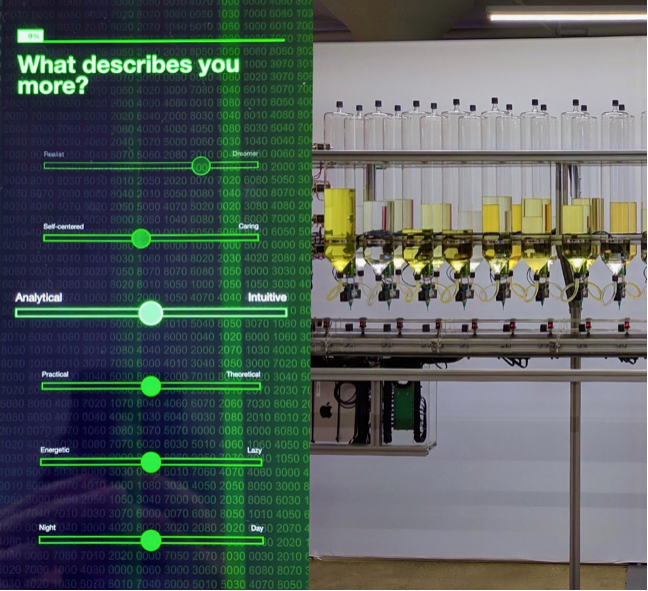

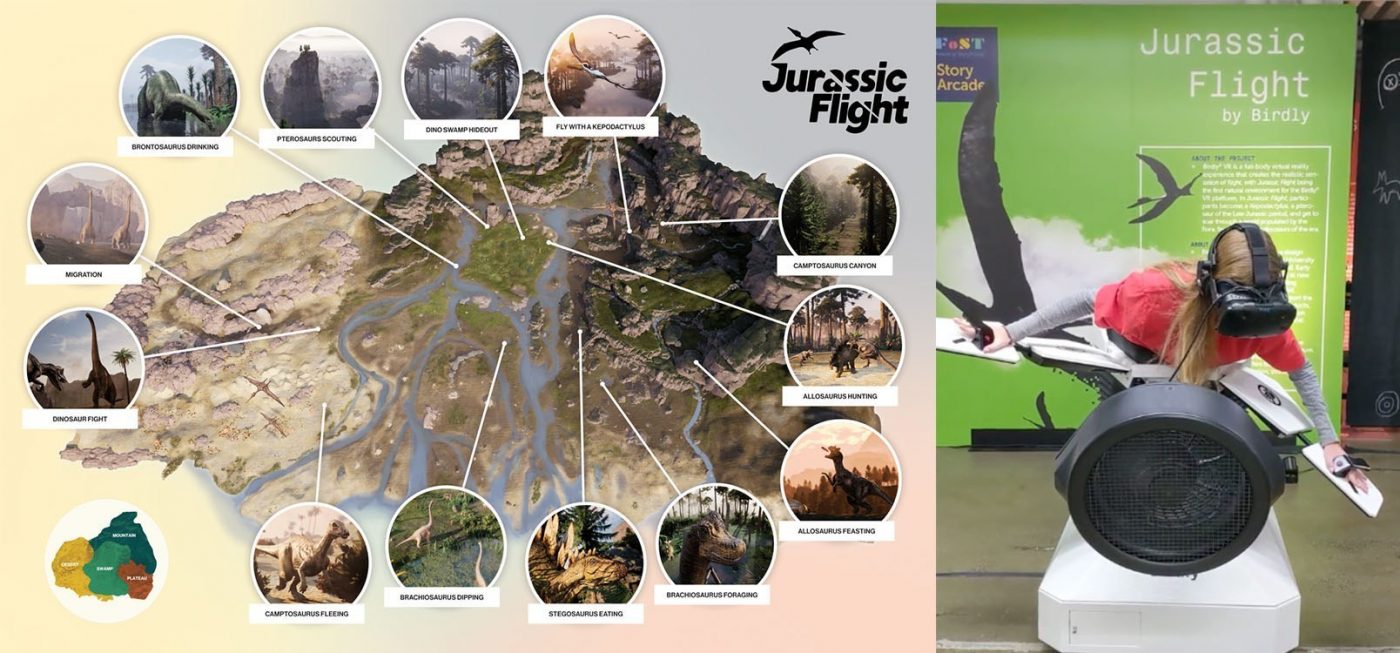
But those exhibits pushed only our senses. They delivered on little else. Take “Jurassic Flight” as an example. Did we feel the struggles or desires of a pterosaur? Would smelling the prehistoric fauna or feeling the Jurassic humidity have made us appreciate and connect with the life of these otherwise unknowable creatures? The answer is: probably not. We walked away from the exhibits feeling a bit dazzled, a bit disoriented, and a bit empty. Instead of leaving us with a vivid memory, we were left with a vague impression of VR technology.
This isn’t to say that all the exhibits left us feeling like we’d eaten empty carbs. There were some that genuinely moved us, even to the point of tears.
A standout was “Munduruku: the Fight to Defend the Heart of the Amazon.” Visitors were led into the world of an Amazonian tribe fighting against the ongoing deforestation of their home. The story became reality not because of the VR headset, nor even for the powerful scents of their ecosystem that were released in the pod.
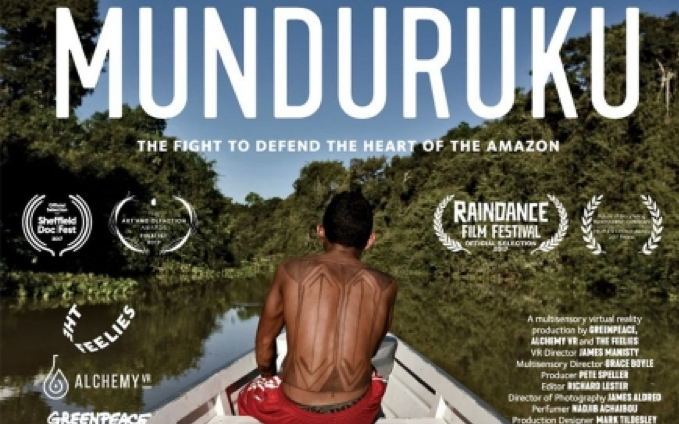
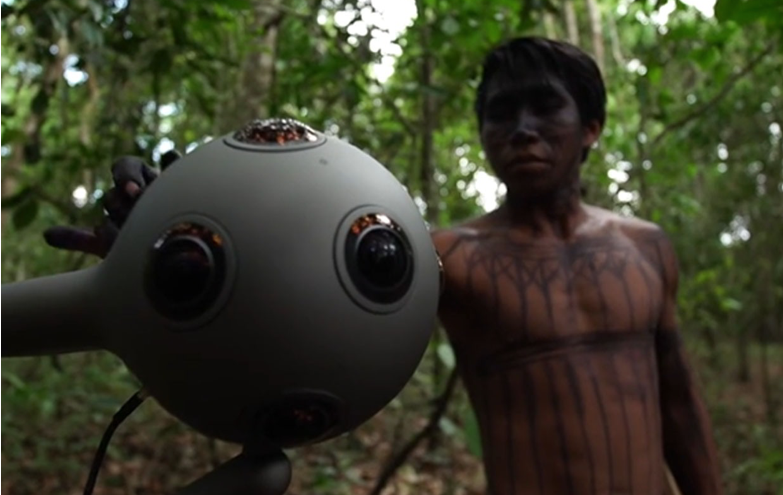

Narrated by the chieftain of the tribe, Caique Suarez Saw Munduruku, the film showed various aspects of the tribe’s daily life. We saw where they eat and were given a hot cup to simulate an active participation. We saw how they worked together to harvest root vegetables, understood the importance of their collective mindset, and then were treated to the aroma of the Amazonian rainforest during harvest season. We were shown the importance of the Munduruku’s ecosystem to their daily lives, but also were imprinted with the responsibility these people have to protect the Amazon.
The technology of this exhibit was impressive, there is no doubt about that. Although technology was very present in this multisensory, enhanced experience, it was only a fully-immersive and transformative success because it had other qualities. It had stakes. It had something that we as audience members could invest our emotions and hopes in. It showed struggle. It showed connections. In short, it had a story.
The Story Arcade was fascinating and well worth the visit. Successful storytelling has long engaged the senses. Tools like VR, AR, haptic sensors, and more only serve to enhance a story, to bring it to life in new ways. Without a story at the core, the tools are just entertaining gadgets that are quickly forgotten.
EXPERIENTIAL MARKETING RULES EVERYTHING AROUND ME
This is exactly what we want to avoid in branded experiences. Experiential marketing has quickly become the norm when it comes to consumer engagement efforts. The goal is always the same: how can we get consumers to remember our brand?
At the Atelier Beauté Chanel, the story is lived, not told. When it comes to storytelling, Chanel has quite the mythical history to tap into, but it chose to anchor its experience in a very real present dimension: a showroom for consumers to try on all Chanel skincare and makeup products. Technology occupies a central role in this journey, although it assists rather than instructs. Upon entering the showroom, consumers sign in on their mobile browser, and as they stroll through the different stations (Cleansing, Primer, etc), they can find each product on their phone, “like/dislike” them, as well as seamlessly add them to a shopping cart. The web page also acts as a guide with detailed notes on every station. As a result, the technology does not overwhelm the brand’s unique vision. Rather, it facilitates storytelling by bridging the brand’s imagination with its real-life products.
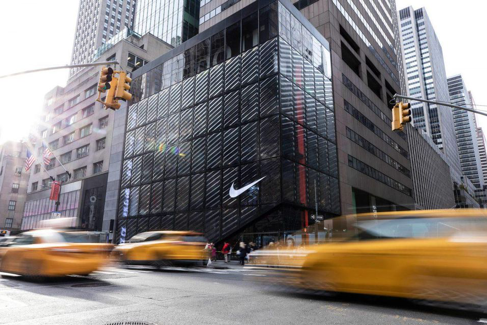
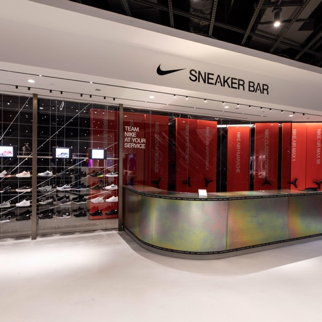
À la Nike House of Innovation, la réponse est claire : on se souvient de ce qui nous touche personnellement. Le Flagship est une expérience retail super-personnalisée sur six étages, dans laquelle le consommateur est maître : à travers l’app mobile Nike, il scanne les styles qui l’intéressent, constitue sa propre cabine d’essayage virtuelle à laquelle il peut ensuite accéder physiquement, et explore des possibilités de customisation infinies dans la Nike Arena. La technologie, en l’occurrence la Réalité Augmentée, sert d’assistant zélé pour connecter le consommateur au produit. Pour pousser l’individualité de chaque visite, le Nike Expert Studio, sur réservation, offre des sessions d’une heure avec un expert-styliste afin de constituer un look unique. Le principe n’est pas nouveau, mais le résultat innove : une cabine d’essayage que l’on retrouve grâce à l’affichage de son nom sur la porte, garnie en surprises sur-mesure et au design puissant et propriétaire (bonus : un miroir à l’éclairage destiné aux selfies). La technologie se met ici au service de l’individualité du consommateur, tout en délivrant le storytelling de la marque, son expertise.
À l’Atelier Beauté Chanel, nous vivons les histoires plutôt que de les raconter. En matière de storytelling, Chanel possède un passé mythique dans lequel puiser. La marque a toutefois choisi de rester ancrée dans une dimension actuelle très réelle : une boutique où les clients peuvent essayer tous les produits de soin et de maquillage Chanel. La technologie joue un rôle central dans ce parcours mais ne dicte pas sa direction. Elle sert plutôt de soutien. En entrant dans la boutique, les clients se connectent sur leur navigateur mobile. Ils déambulent alors dans les différents espaces (soins, bases, etc.), peuvent trouver chaque produit sur leur téléphone, sélectionner les boutons « j’aime/je n’aime pas » et les ajouter en toute transparence à leur panier. La page web guide également les clients avec des notes détaillées sur chaque espace. La technologie ne fait pas d’ombre à la vision unique de la marque. Elle permet au contraire de raconter son histoire en mariant l’imagination de la marque à ses produits réels.
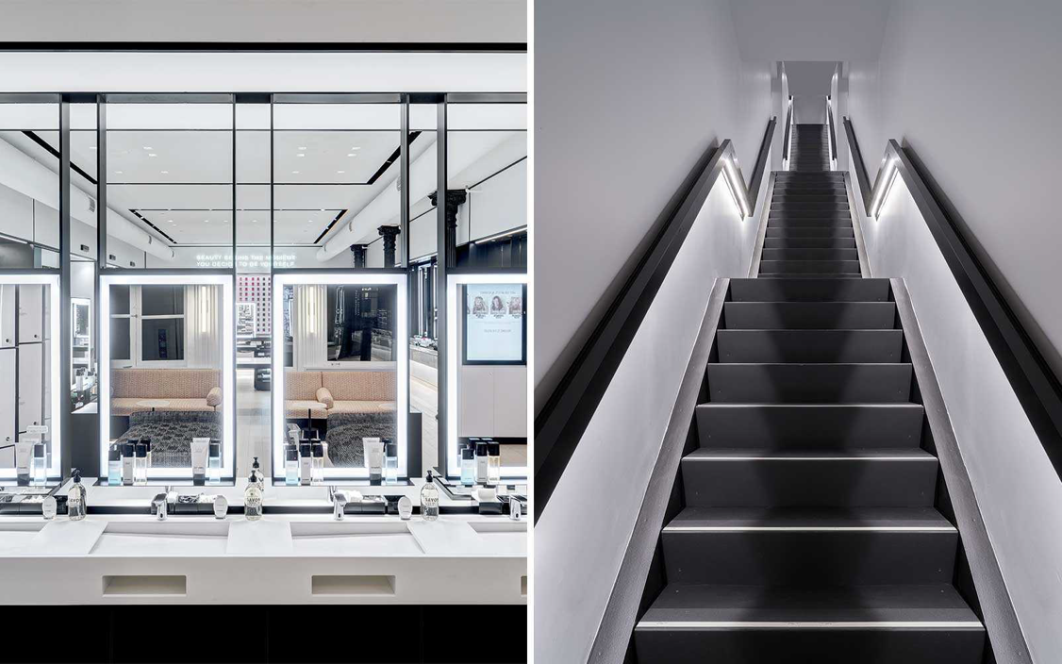
À l’Atelier Beauté Chanel, nous vivons les histoires plutôt que de les raconter. En matière de storytelling, Chanel possède un passé mythique dans lequel puiser. La marque a toutefois choisi de rester ancrée dans une dimension actuelle très réelle : une boutique où les clients peuvent essayer tous les produits de soin et de maquillage Chanel. La technologie joue un rôle central dans ce parcours mais ne dicte pas sa direction. Elle sert plutôt de soutien. En entrant dans la boutique, les clients se connectent sur leur navigateur mobile. Ils déambulent alors dans les différents espaces (soins, bases, etc.), peuvent trouver chaque produit sur leur téléphone, sélectionner les boutons « j’aime/je n’aime pas » et les ajouter en toute transparence à leur panier. La page web guide également les clients avec des notes détaillées sur chaque espace. La technologie ne fait pas d’ombre à la vision unique de la marque. Elle permet au contraire de raconter son histoire en mariant l’imagination de la marque à ses produits réels.
When the brand can build a whole showroom and design an immersive experience with multiple touchpoints, the result is most likely going to be successful. But personal VR headsets provide brands with the opportunity to engage with consumers from the comfort of their own home while still providing a branded experience. Ikea’s VR Kitchen Experience, available on the Steam store, lets users fantasize about endless possibilities for a kitchen’s design and layout, allowing them to test all basic kitchen features. It’s a virtual playground for adults with dreams of the perfect kitchen. The story told here is one of convenience, accessibility, and putting the human back into home furnishing solutions. This is the core narrative for IKEA, but translated for the in-home experience using VR as a tool, not a gimmick.
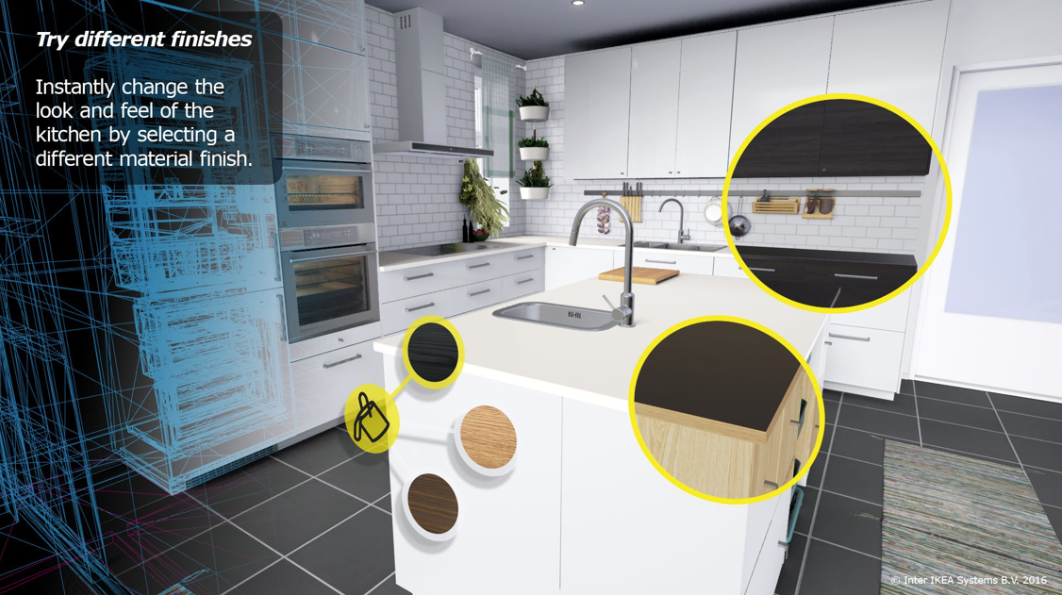
More than a glimpse into the brand universe itself, both the Chanel Atelier Beauté and the Ikea VR Kitchen let the consumer see their own personal world and daily routine, whether it’s beauty habits or kitchen renovation dreams, through the brand’s perspective. These brands encourage consumers to play, to explore, and to find new depths in the story of Chanel and IKEA. When exiting the Atelier or putting down the VR headset, what remains is an enticing, extraordinary reality that feels like it stepped out of the brand’s imagination. What makes all of these examples work is that they’re brand-centric, not tool-centric. In any best-in-show example, the decision to utilize new tools like VR is not made at the expense of the brand story and the experience does not become overshadowed by the flashiness of new tech. New experience for the sake of experience is not brand building, nor does it engender emotional equity.
THE TAKEAWAY
A consumer’s experience with a brand should reach them emotionally so as to leave a long lasting impression. The quickest and most impactful way to do that is through a strong brand story. As Brian Cornell, chief executive of Target, said, “At Target, we’re spending a lot of time exploring everything from AI to VR. But we’re also realizing there’s still no substitute for that human connection.” That human connection is what the best brand stories seek to form.
Even the simplest of enhancements generates immeasurable returns if the brand story is at the core. Technology can be great to magnify the senses, but it can’t fulfill the emotional task of storytelling. When brands properly leverage technology to take their brand to the next level, they are in fact no longer storytelling, but story building, creating a multilayered world that is sure to attract loyal consumers for a long time to come.
The reason why? Faster and cheaper delivery, online exclusive deals, easier returns and 24/7 availability. Even if many people still prefer the hands-on approach of shopping in a store, high street outlets are starting to suffer as more and more people chose the comfort of online shopping rather than bothering to leave the house.
The leading actor of the offline shelves is undoubtedly the pack, one of the first touchpoint with whom we get in contact with the brand. When we switch channel and we find ourselves surfing on digital shelves, what is its role? How does it change?
The colors of packs, their fonts and call to action, pounce upon us from offline shelves redirecting our attention and our choices. On the other hand, when we’re on the online shelf, the pack often loses completely its function and it becomes a search engine support, a slideshow that over and over portrays the product with little effect on the user. If offline I can touch, see and read the pack, online I just can “recognize” it (from far away).
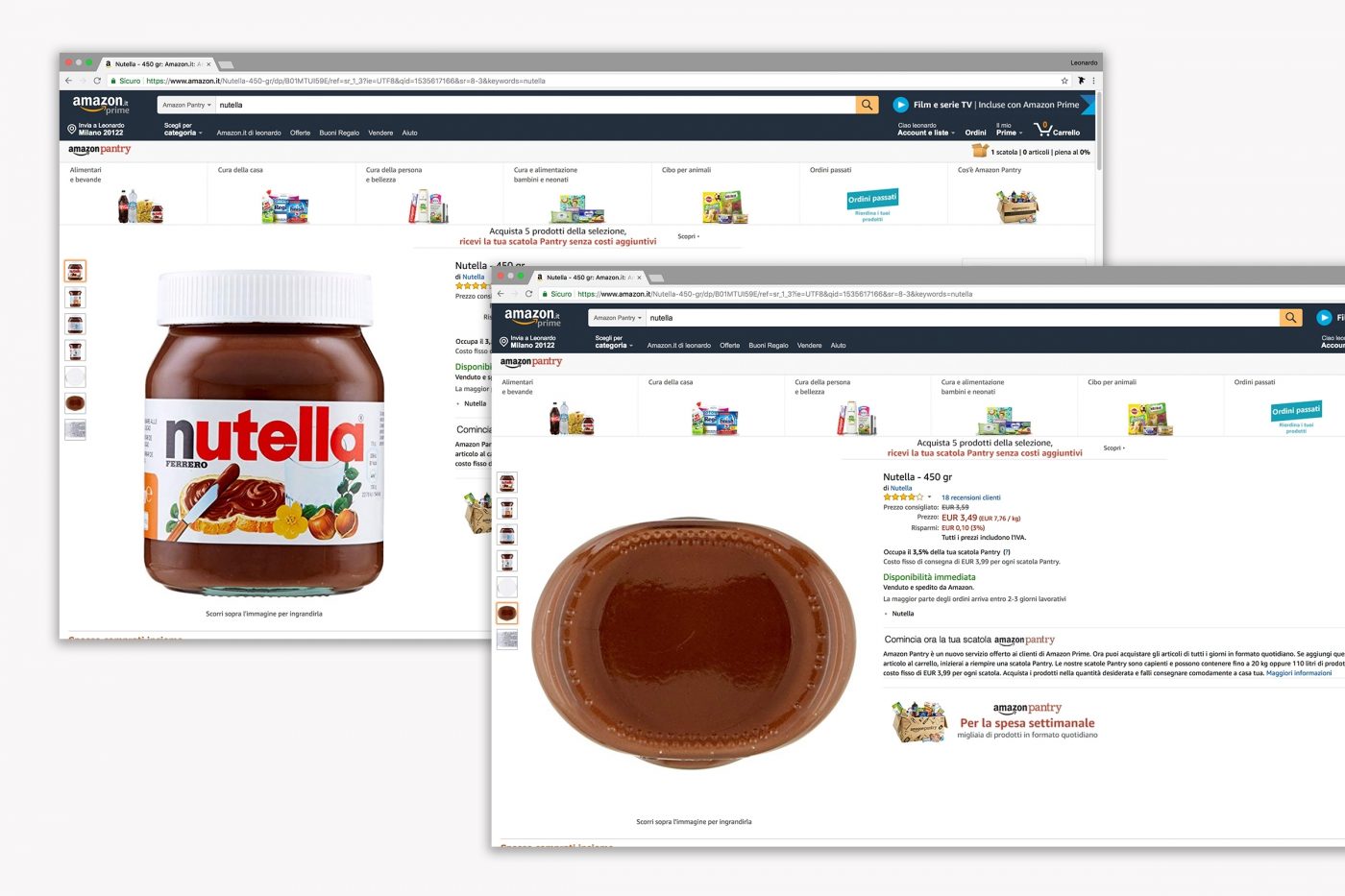
To deeply understand how the role of packaging changes online and how does it influence customer experience and purchasing choice, we went out in the field and talked with consumers. We did this in order to understand their purchasing behaviors and then we identified opportunity areas for brands and retailers as well as actions aimed at strengthening the relationship with their consumers online.
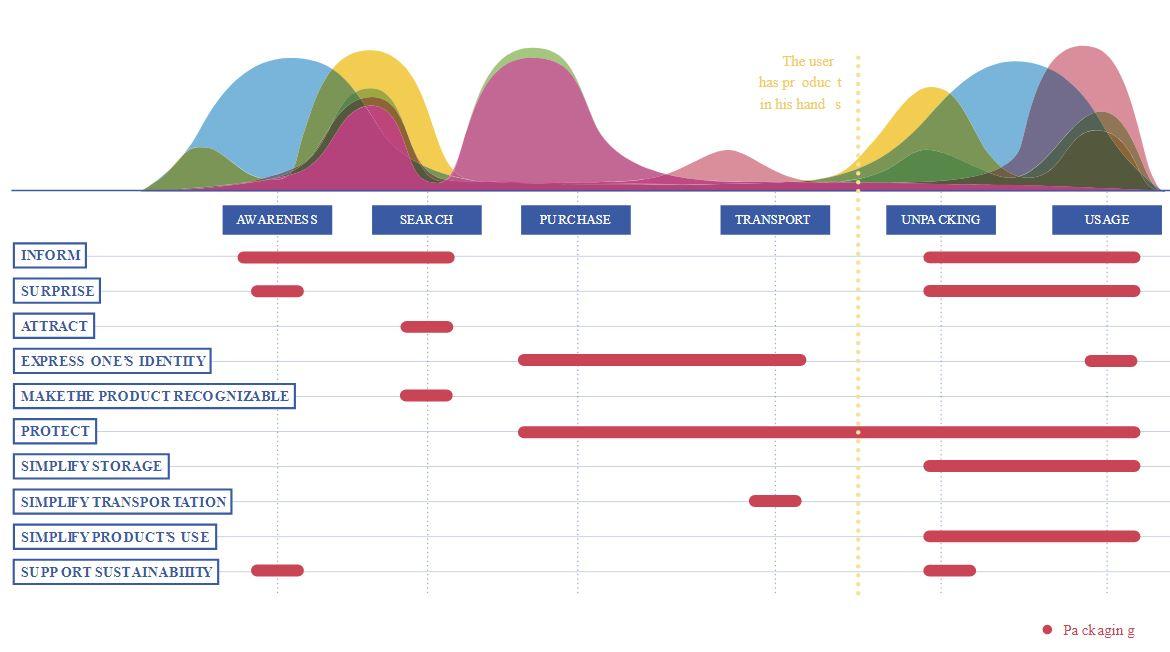
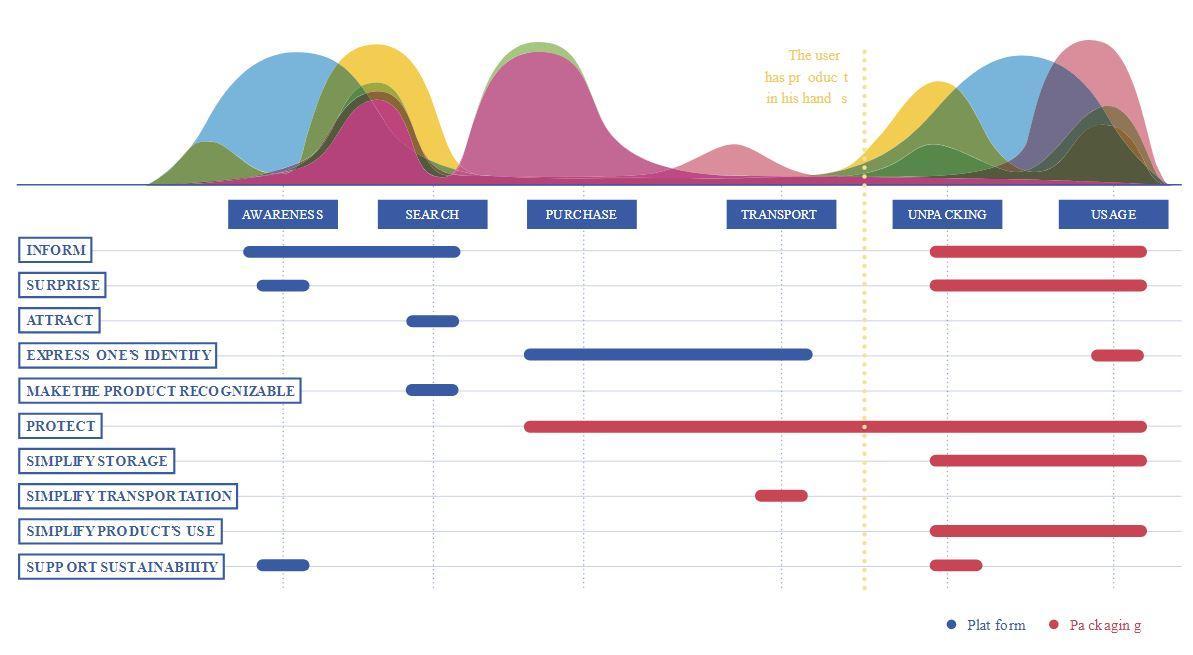
Offline, the packaging has always been crucial in the first stages of customer journey, where it orientates the products search, and in final stages, when we use the product and we store it in the larder. Differently from grocery offline shopping on the e-commerce platforms we can’t rely any more on packaging to attract and inform the customer on our products. On the other side, the central stages of customer journey – the using and the conservation of the product – are the first and unique phases in which online customer comes in contact with the packaging.
Goal number one of all the brands today is to be visible, easily recognizable on the platform and to be chosen among all the other products. Working on a strategy based on the creation of a series of emotional visual assets, varying from pictures to videos, to better visualize and understand the product. This will help the consumer’s navigation on the platform towards your product. This is what FLAVIAR proposes, alcoholic drinks brand, that presents users with visual depictions of the flavors associated with particular alcoholic drinks.
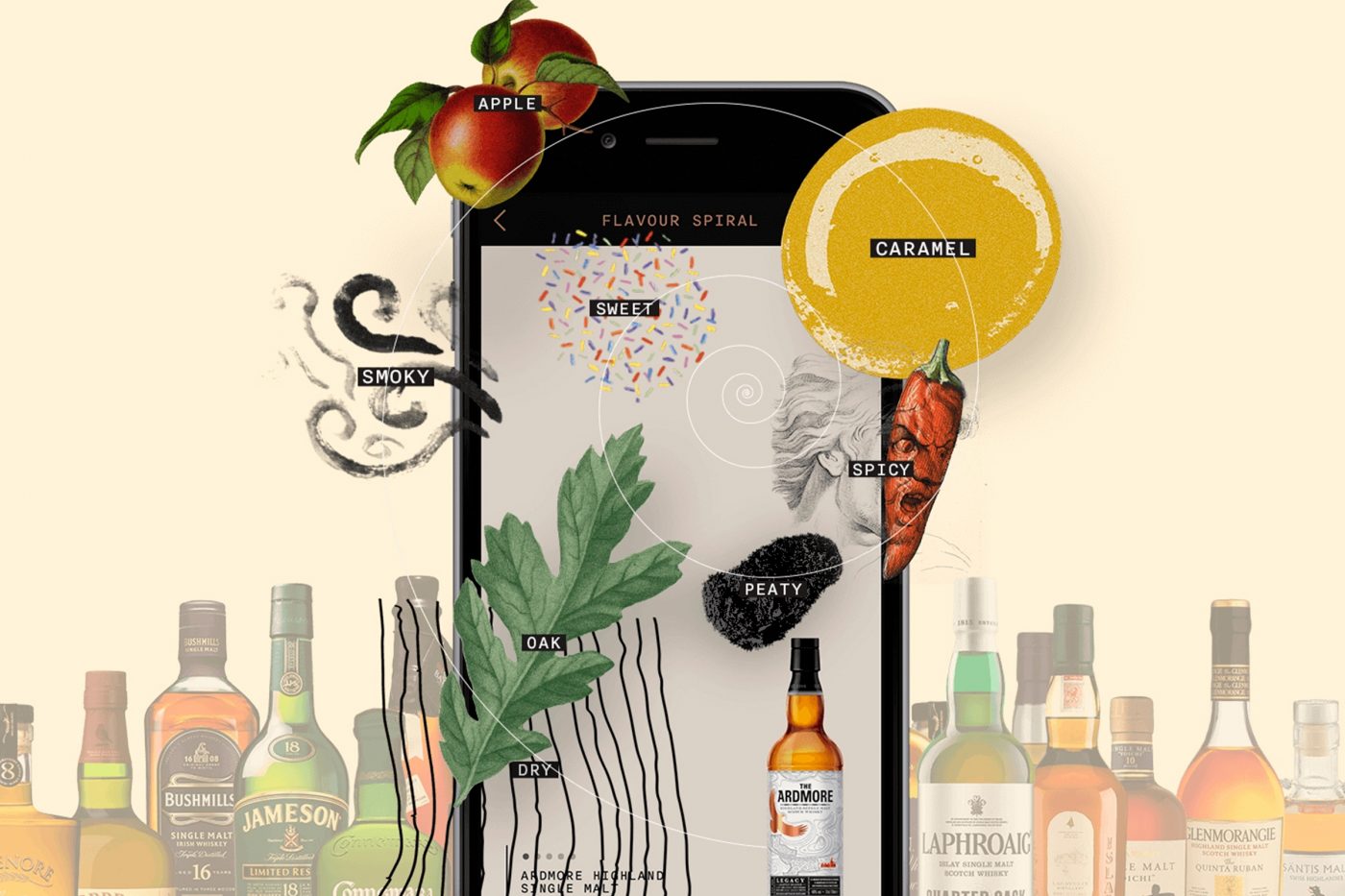
Collaborate to improve the experience on the retailer platform, in order to make your brand more visible than the others. When purchasing, online platforms are the ones taking the lead over products and packaging. There are several brands that, with specific agreements, get higher visibility on supermarkets’ online platforms. For instance, on Auchan’s e-commerce there are brands like Mulino Bianco, Granarolo, Citterio and Mutti that stand out on the homepage. Or on Carrefour website home there is a “magazine” section where brands like Rio Mare explain how to prepare the best tuna salads.
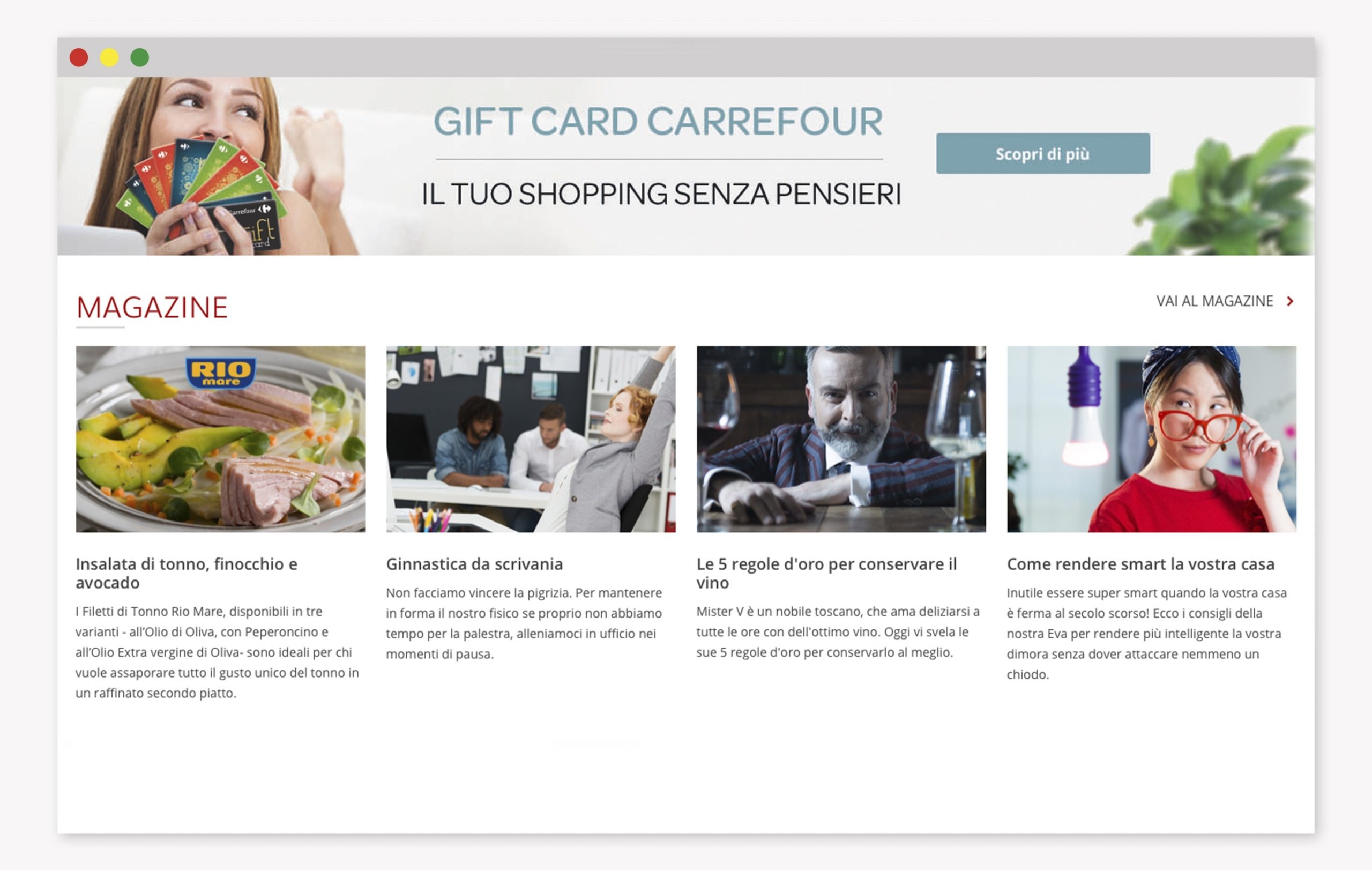
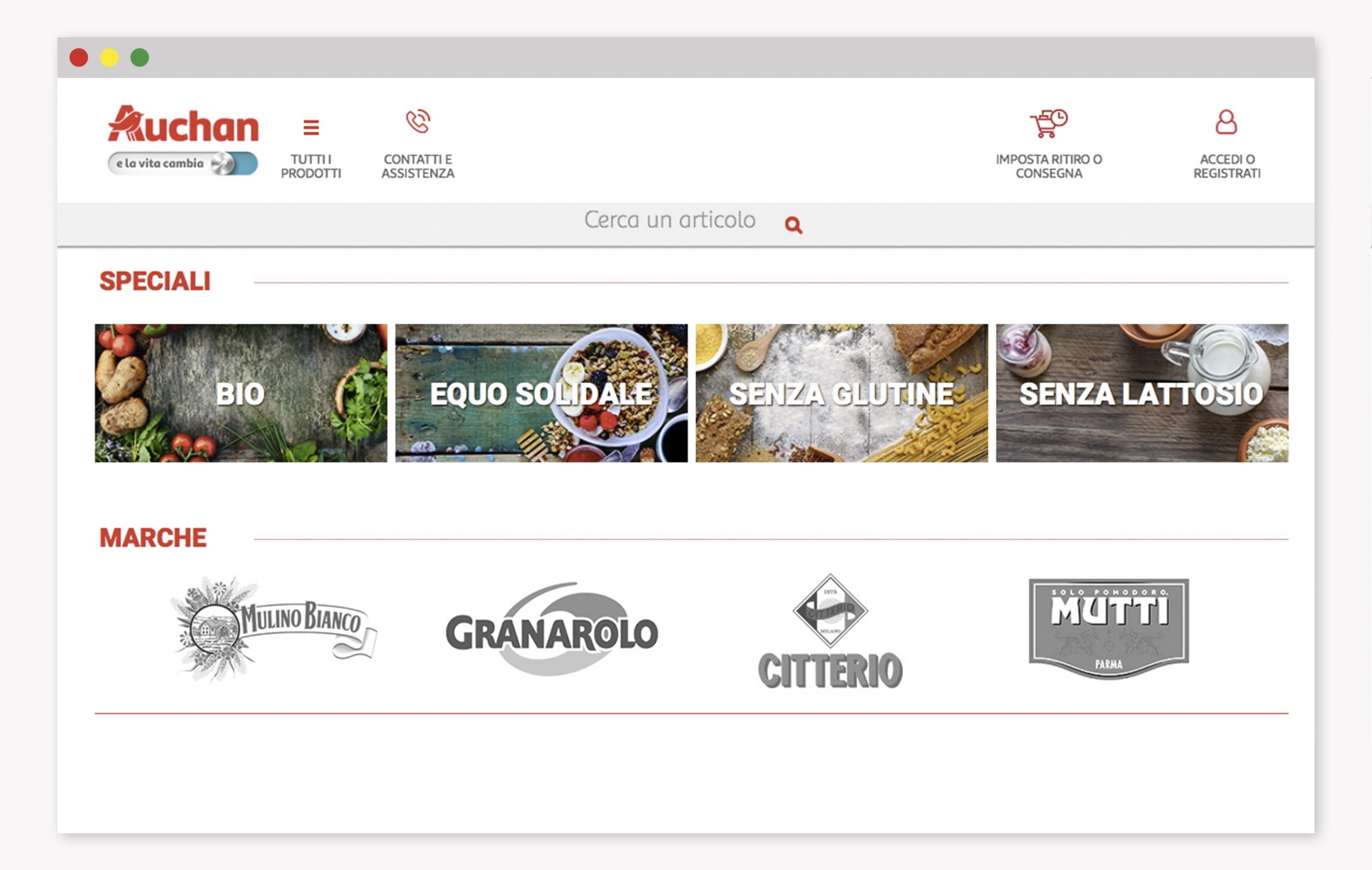
Delivery, unboxing, usage and storage are phases that are not considered enough when designing a pack. Working on the role that packaging can fulfill in these late stages of the customer’s journey can be a key differentiator to strengthen the relationship with your consumers. GLOSSIER‘s packaging is like a ziplock bag with pink bubble wrap inside, and it became a must in every woman’s handbag. It become such a hit that on the website that they even started selling the empty pack by itself.
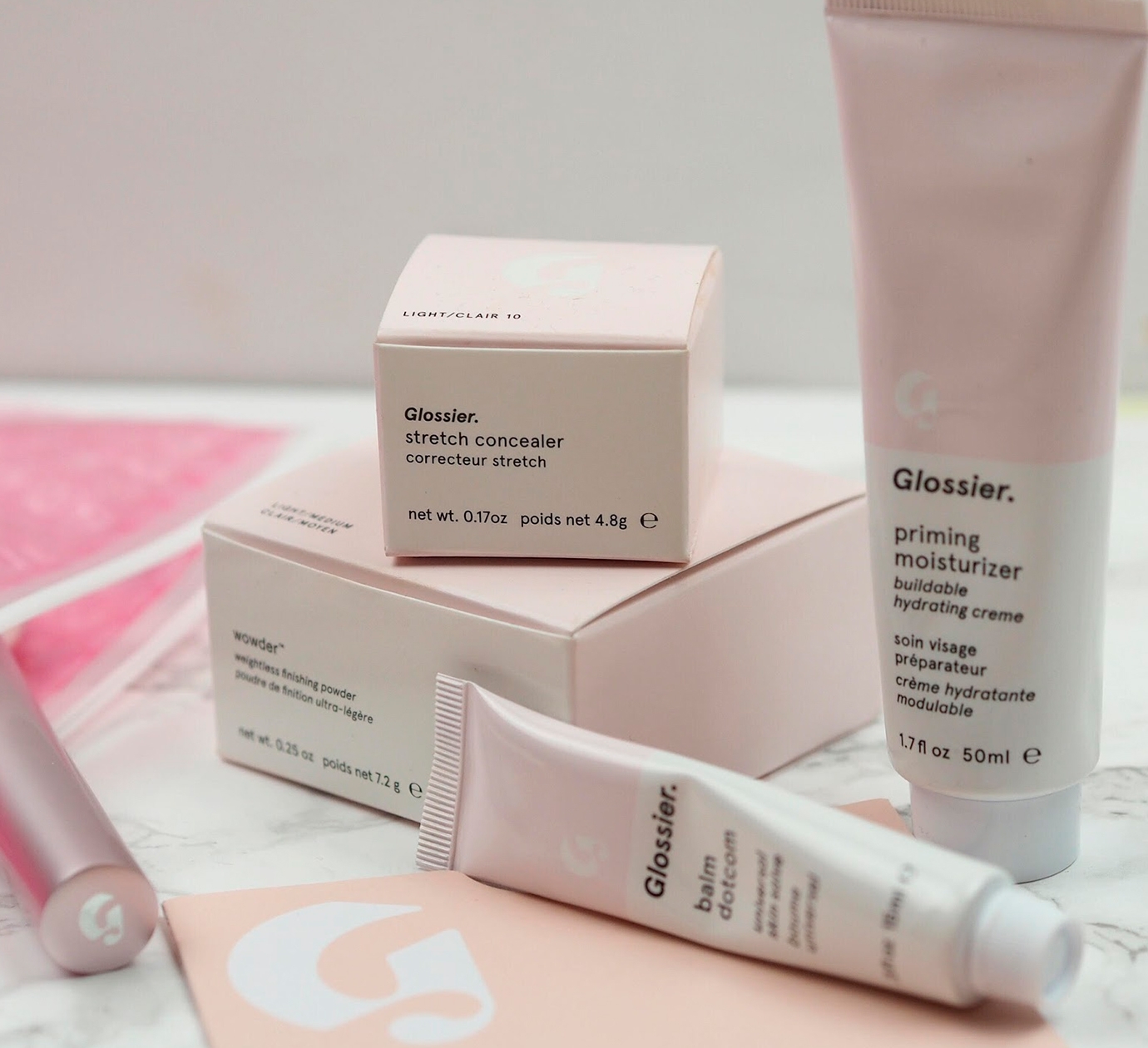
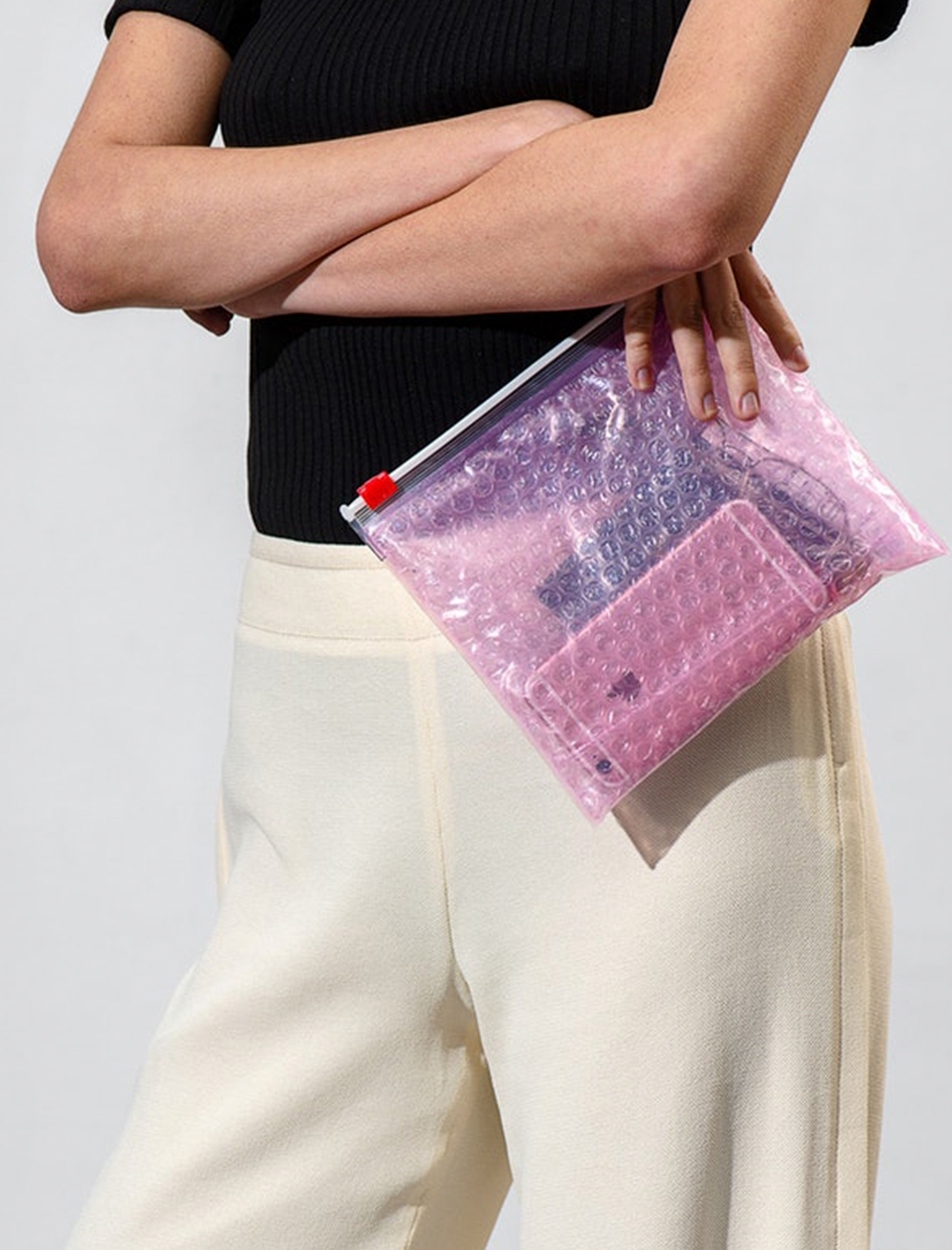
Brands, too, are heading towards a VUCA world. Take the alcohol sector, for instance. It’s volatile because trends are changing faster and faster: a new cocktail supplants another cocktail at breakneck speed. Mojito one year, spritz the next, Moscow Mule today. Uncertain because as French vineyards are being bought up by the Chinese (for instance), French uniqueness and expertise is being jeopardised. Complex because the advent of the Loi Evin tobacco and alcohol law, anti-alcohol campaigns and European lobbies mean it is hard for us to make our voices heard. And lastly, ambiguous because it’s a struggle to know what to believe: when it comes to young people, there is both talk of binge drinking and drinking responsibly. We are supposedly drinking less, but better. Or perhaps we will all end up drinking non-alcoholic drinks? Or maybe even alcoholic drinks with health benefits?
Since the mid-1990s, we’ve slowly been transitioning from a unilateral, stable period into one that is unilateral and complex.
For brands, it has become just as hard to stand out as it is to keep a consistent course in terms of brand positioning and identity.
And yet, one generation has come up with the answer. The renowned ‘Generation Z’, born in the mid-1990s, precisely when the VUCA world was emerging.
Who is in a better position than Generation Z to help us to grasp what strategies we need to be implementing to make ourselves heard, without losing our integrity?
To achieve this, they start from the assumption that wealth does not equate with conformity:
A sheer abundance of influences, references, skills and experiences.
Yet they do not conform: there is just one guideline they follow: themselves.
It is their identity that takes various forms, not their personality.
After all, in the complex web of daily life, making yourself heard is all about adapting whilst still being true to who you are. The process is all about moulding yourself, but also finding where you should be.
Here are some brands who have already made this switch in the field of design, in three different ways:
• Responsive & adaptive design – by adapting to each medium the brand uses to express its identity. Coca Cola.


• Plural iconicity – by adapting one of the brand’s major features. Lacoste Live!

• Flexible design – creating a language that can be shaped. E Bologna (city branding).

All in all, these are brands that adapt their identity whilst remaining true to their brand positioning. After all, as Tinker Hatfield, the American designer, reminds us: u0022Good design is always functional. Great design tells a story.u0022 That story is yours.
Retrouvez cet article sur Les Echos
How personal and subjective is beauty, how many beauties exist? We are all different, but we are all beautiful in our way. If every brand offers you the same promise of beauty, who do you believe? how to choose? How can I choose between two products whose purpose and benefit are identical? That’s where brand design steps in, because it is the tool to give an identity to those brand promises, making them visible, different from each other and desirable for people. What is desirable and trending today?
The quest for healthy living and “green” consumption
One thing we all look for today is sustainability. Responsible consumption is no longer for a niche audience, today we all make sustainable choices. It’s true for the food we eat, but for fashion and cosmetics purchases as well. Purchasing decisions are increasingly motivated by the quest for healthy living and “green” consumption, where the “natural” is wider-encompassing to include products with eco-credentials, sustainable sourcing and clean labels. How this trend applies to the cosmetics industry?
Small, local brands
The cosmetics world sees a continuous rise of small brands focused on organic ingredients.Small, locally sourced, organic, super-ethic, natural hero ingredient based brands answer to this quest, talking to people looking for a more sustainable lifestyle. Their mantra is more or less on good sense, not asking for miracles but rather emphasizing nature’s power.
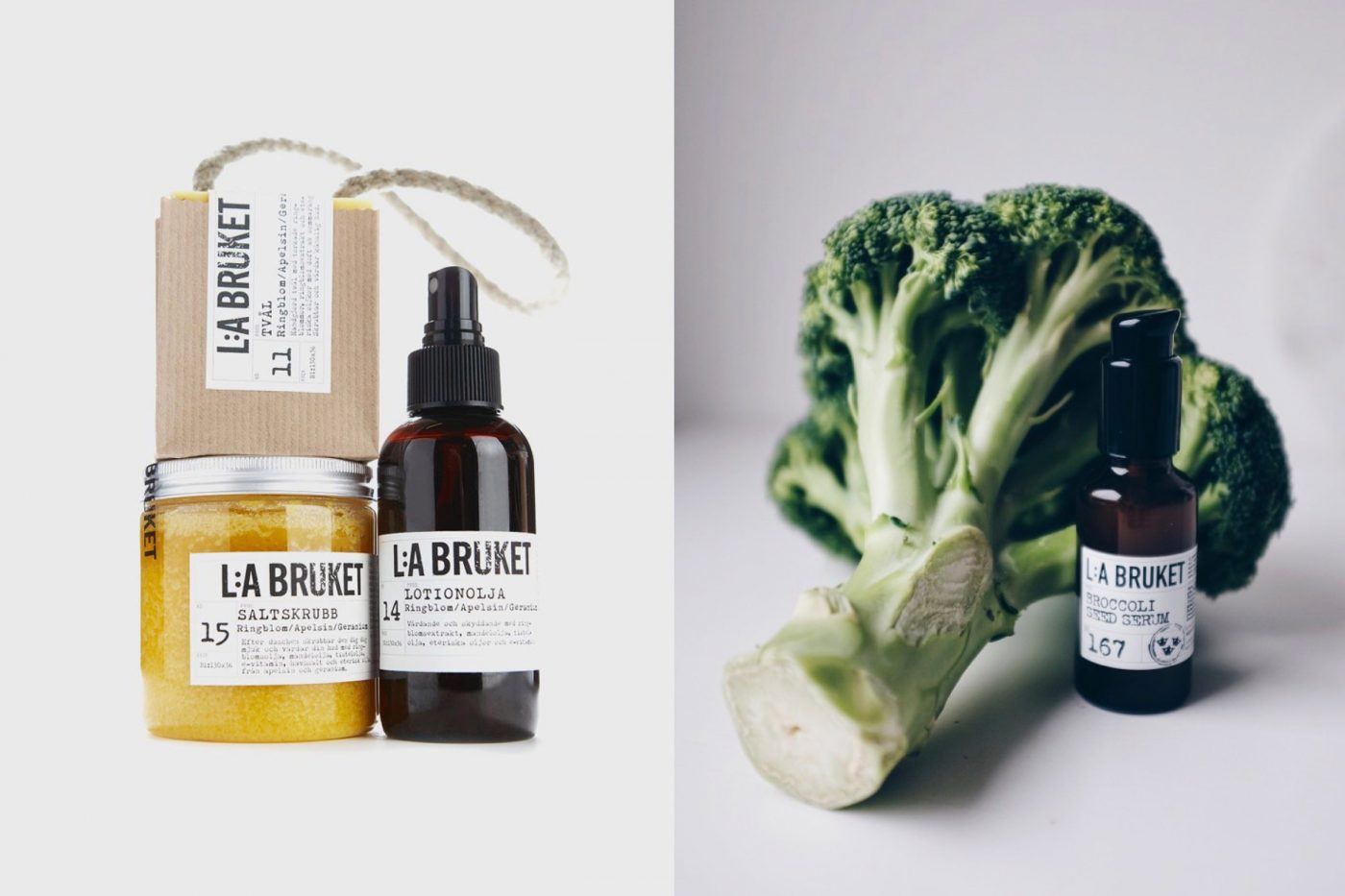
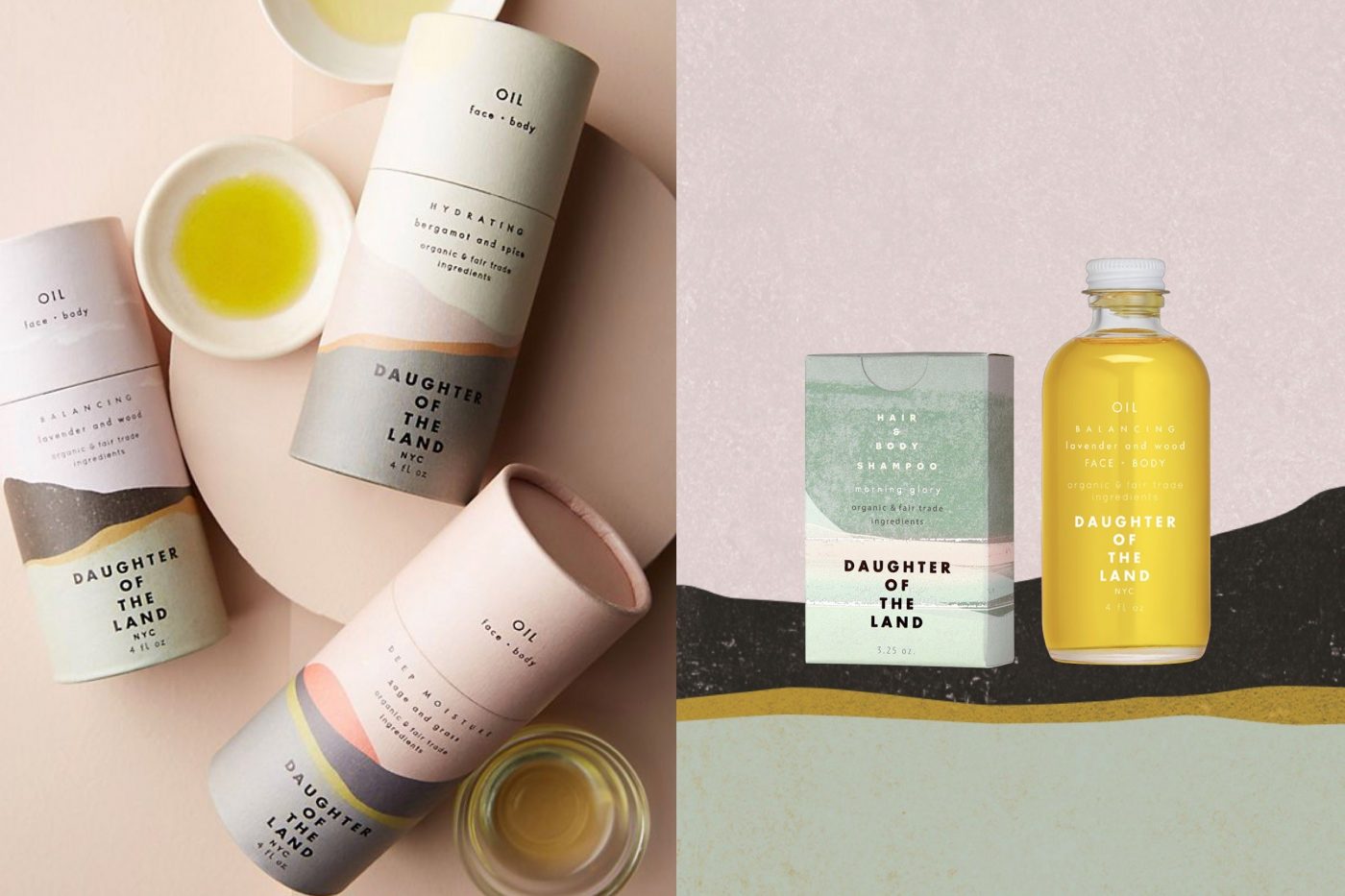
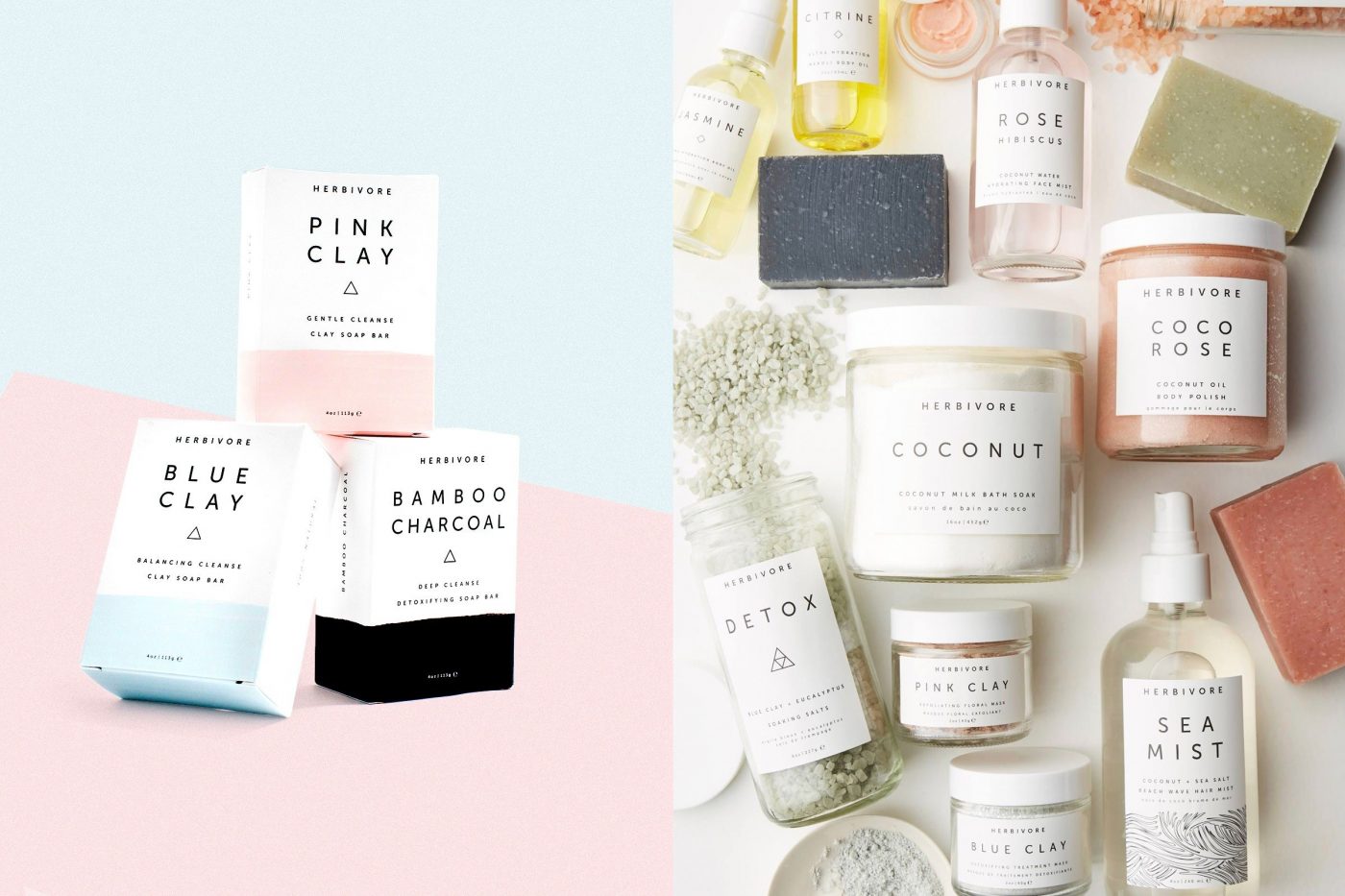
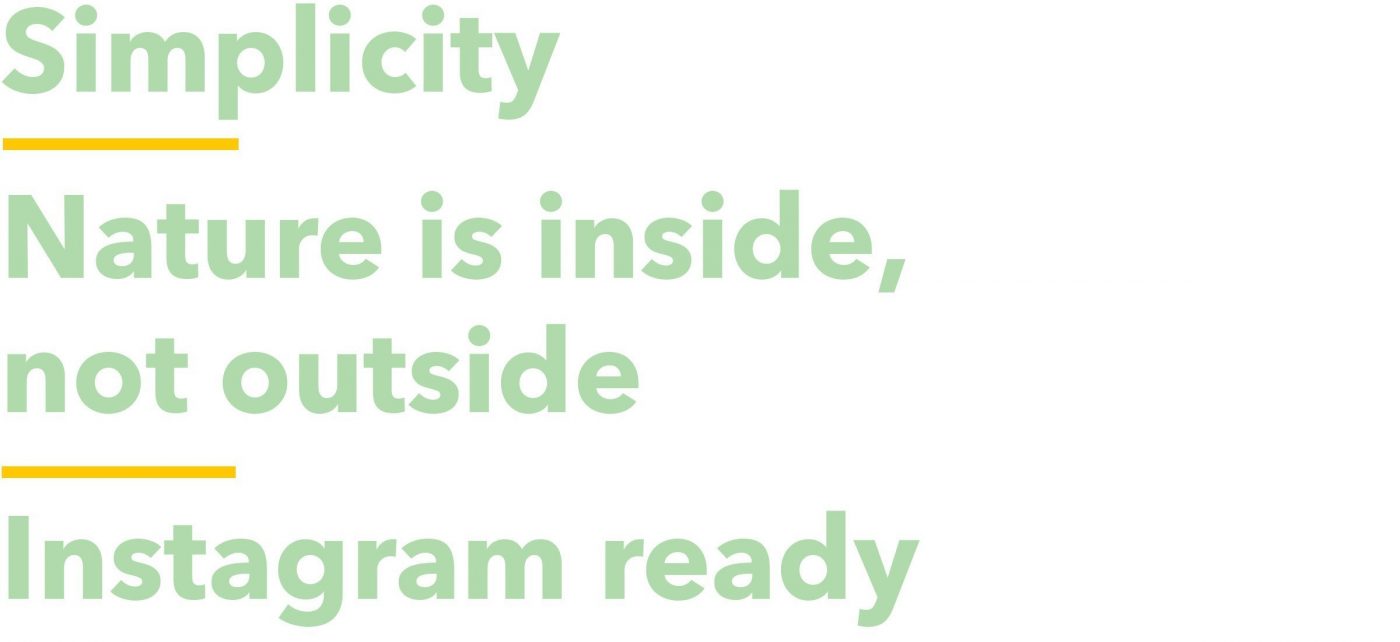
Multinational companies
The need for sustainability is something not only small brands are responding to. Also big multinational companies are moving in this direction. After decades of greenish communication but practices that could be seen as contradictory, they all want to stand out by a better footprint, with some more or less nature based products and brands.
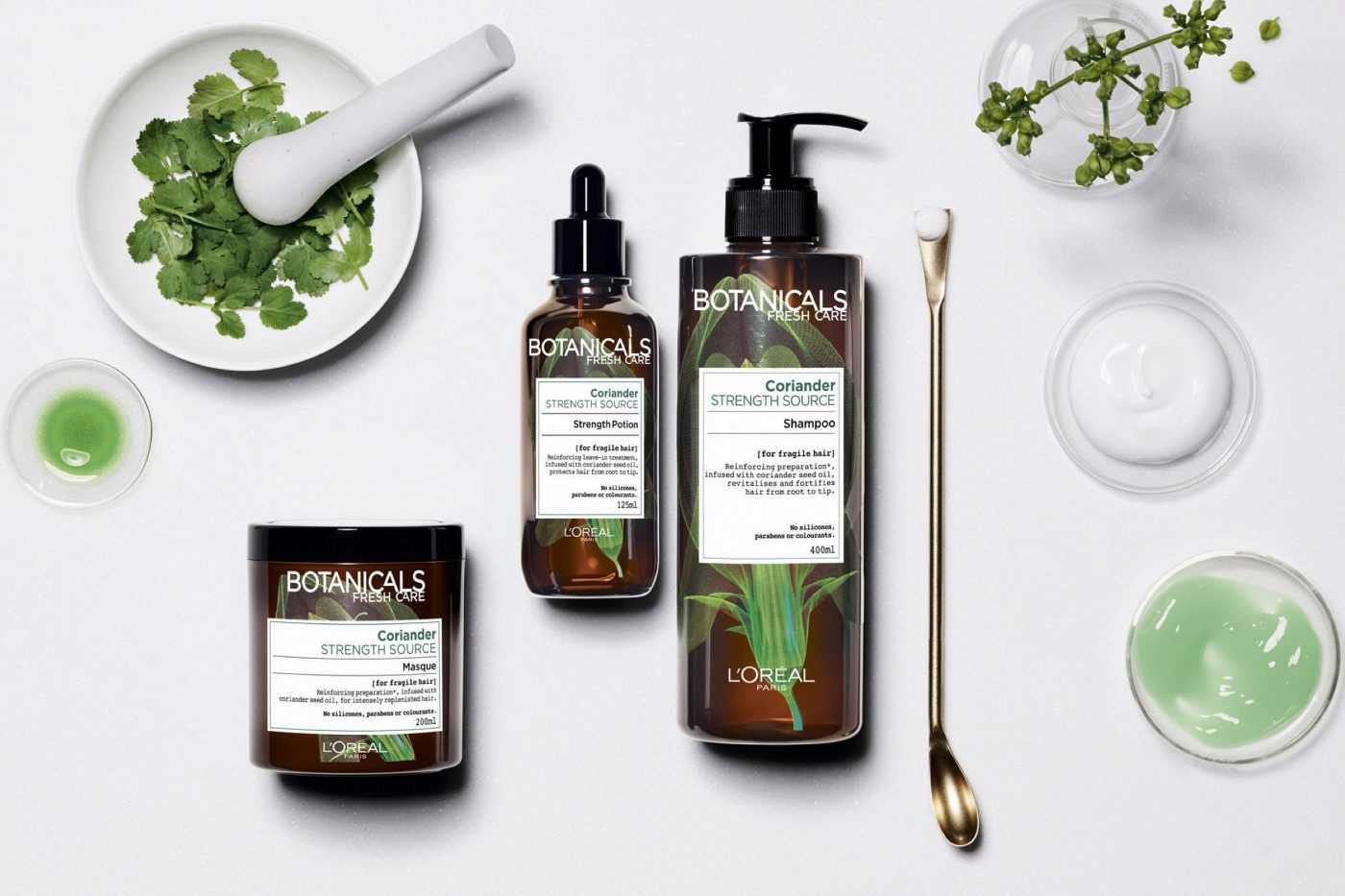
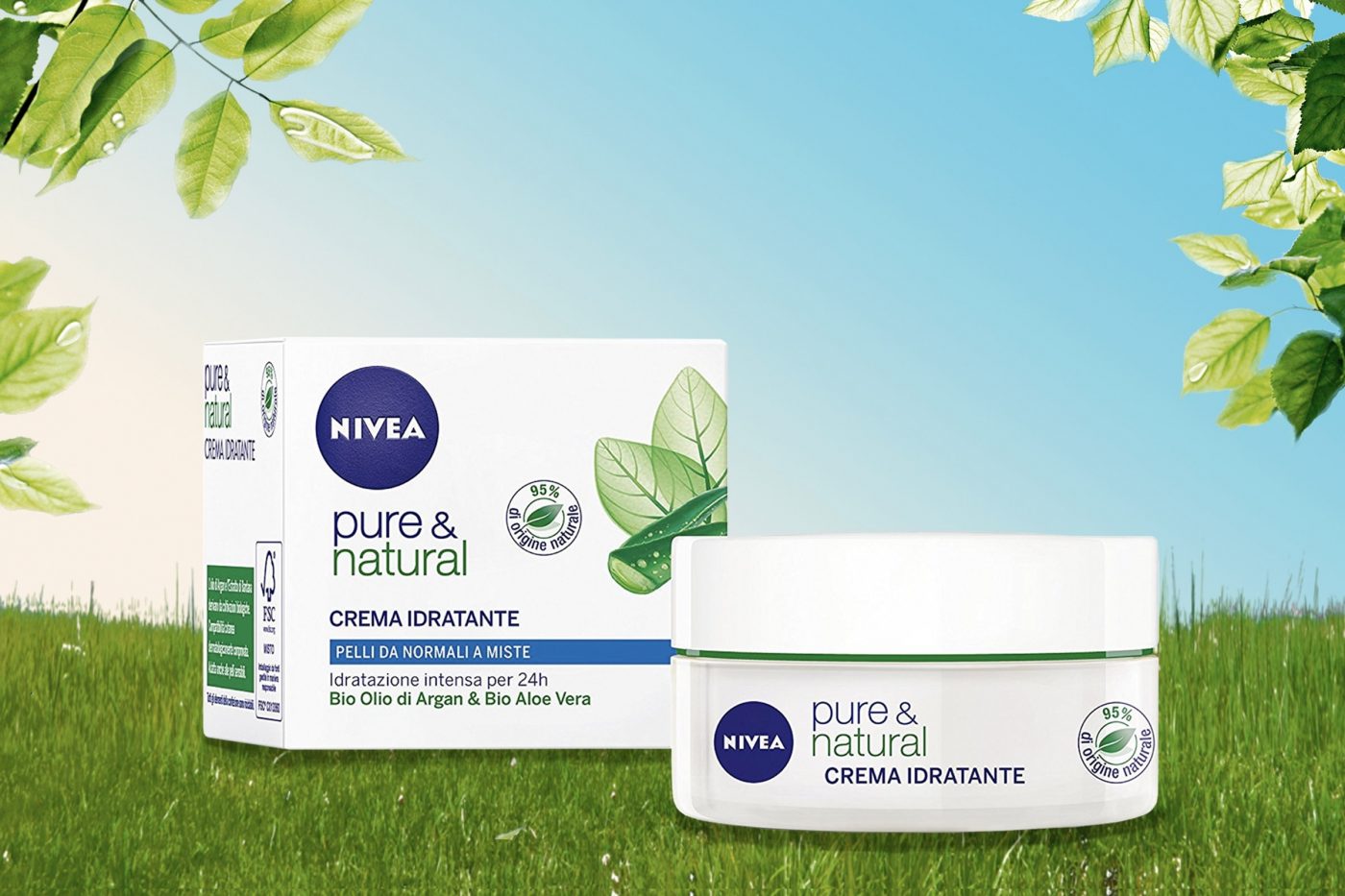
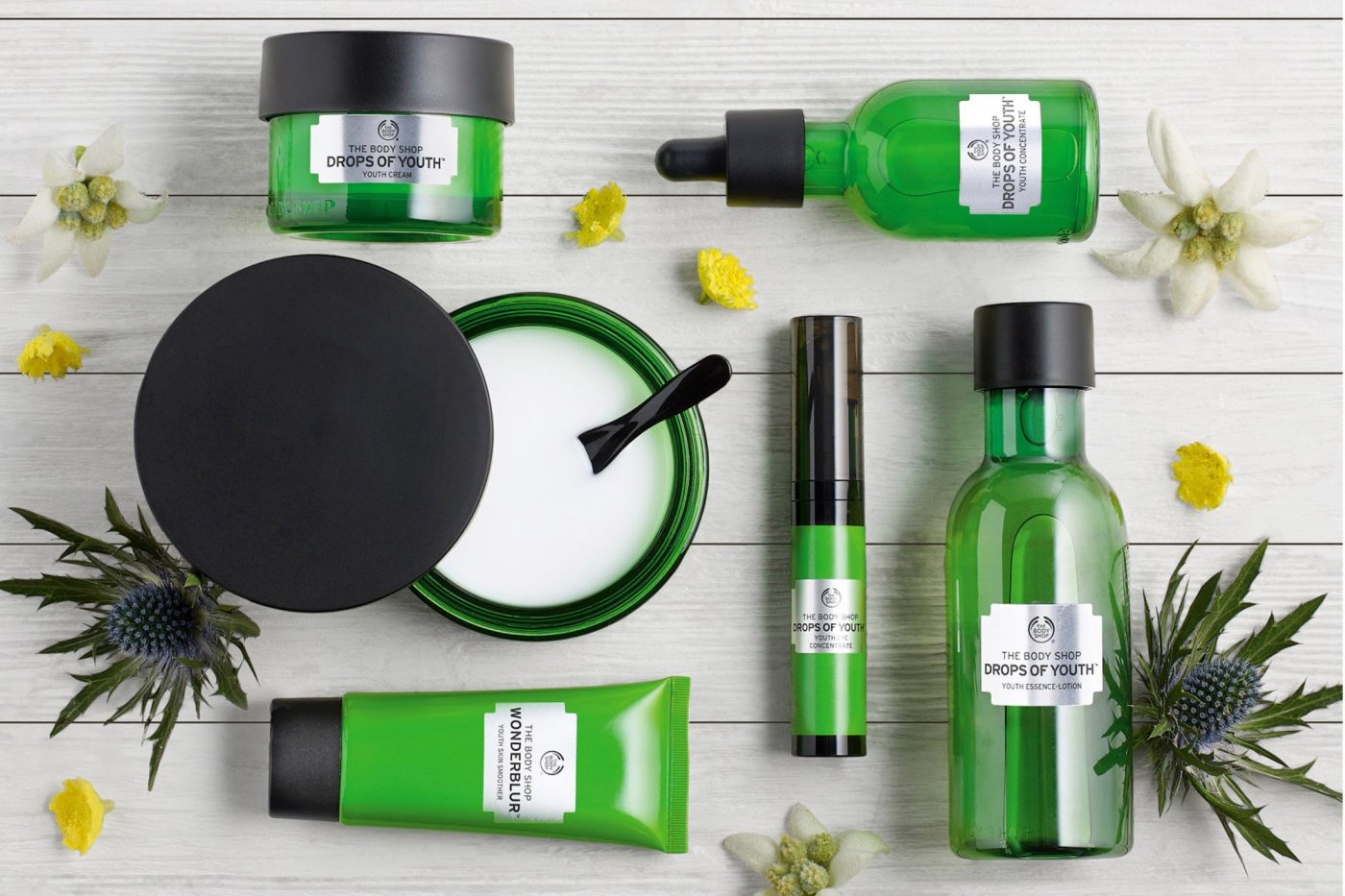
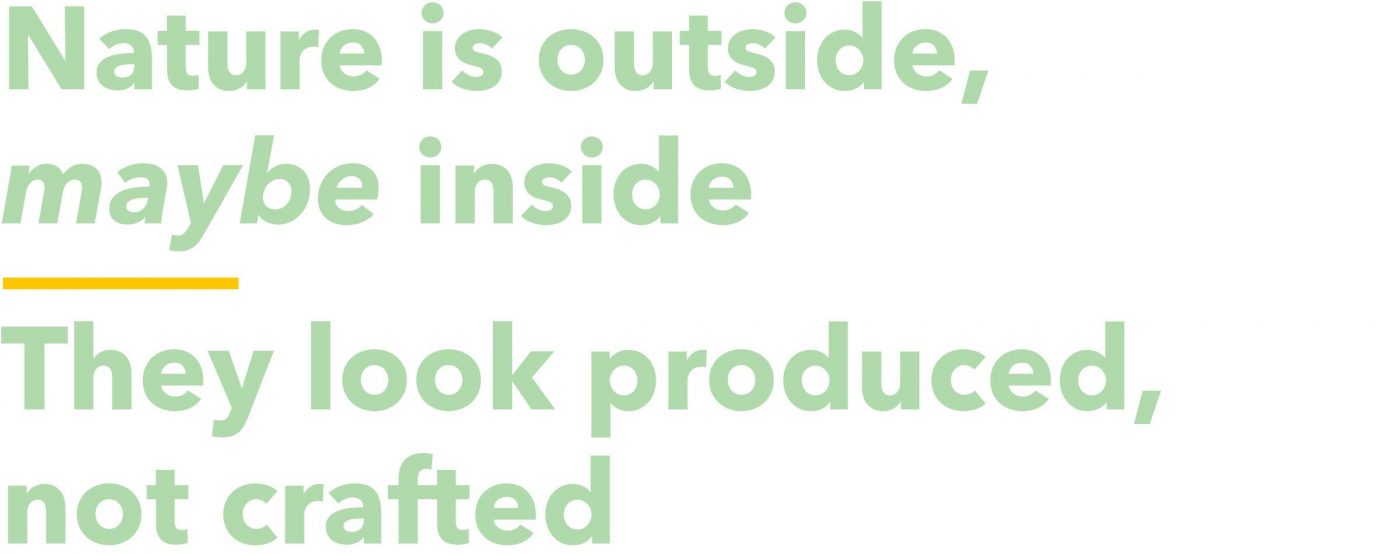
Experiences over possessions
Another thing that is desirable today is to have an experience out of everything. We seek “experiences” over “possessions”, and so we consume less, but we reallocate income to premium products. This is happening in many areas of our lives, one of them is music. We used to collect compact discs, then we filled our iPods with tons of MP3s, now it’s Spotify’s turn and we no longer possess music. But we spend more money for concerts, deluxe editions, expensive turntables and headphones.
How is the cosmetics industry answering to this trend?
The hi-end, uber luxury, heavy wealth signs, owning their resources, rare and expensive ingredients brands are answering to this trend. There’s a particular need for emergent markets – like China – to stand out by luxury items, especially linked to age signs fighting and eternal youth sourcing. It is all about exclusivity, with many fabulous products filled with rare and expensive ingredients.
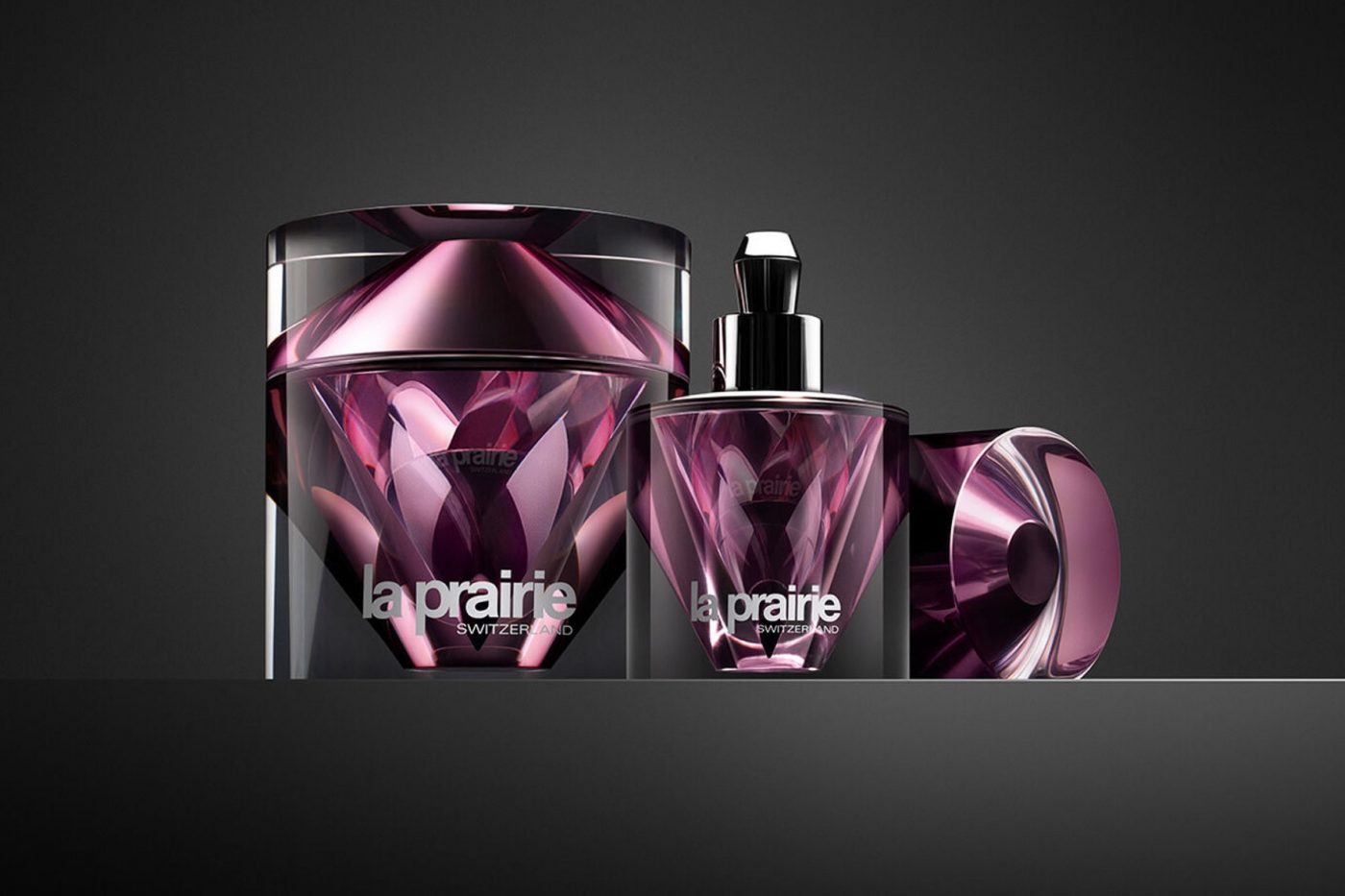
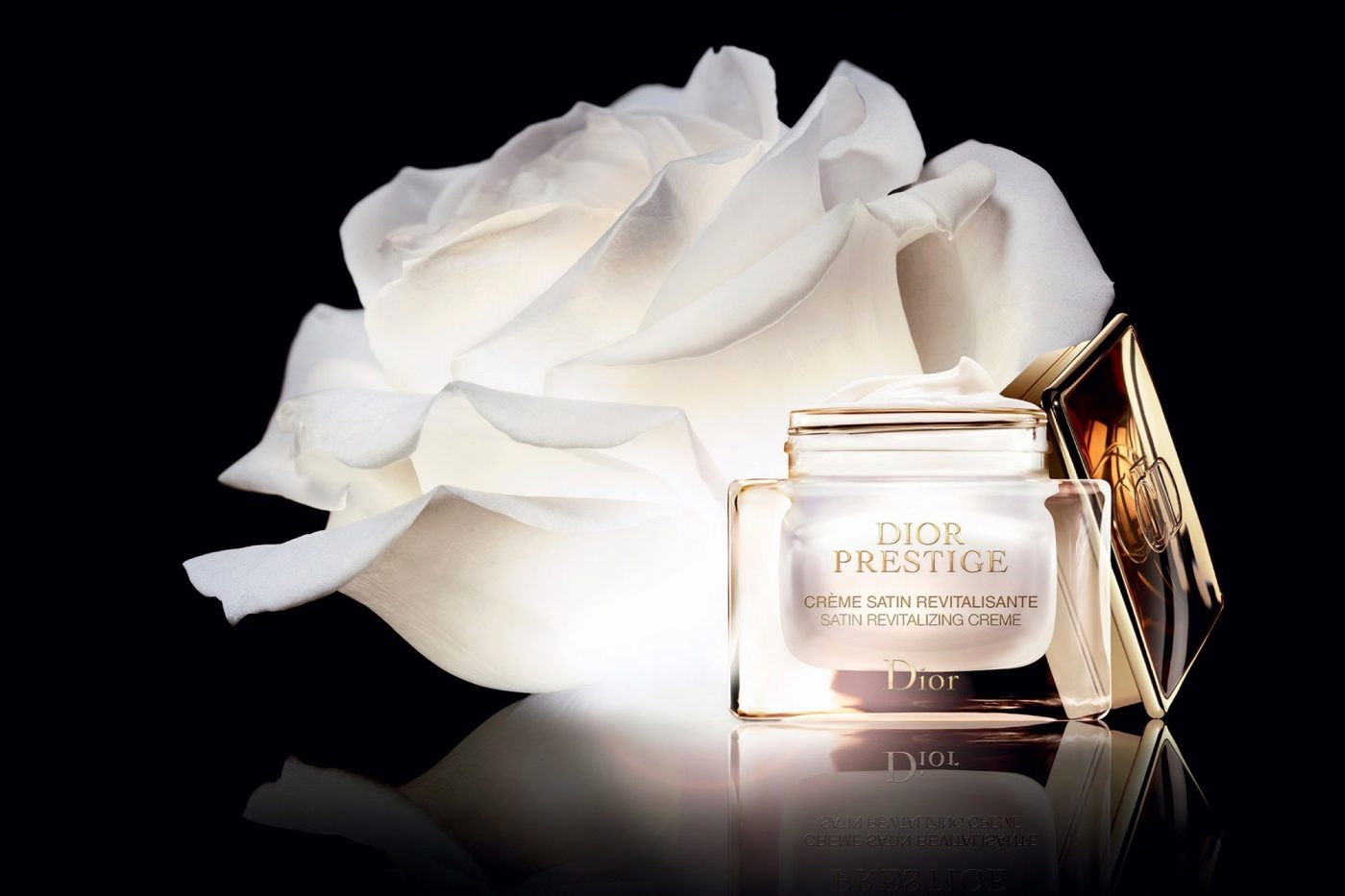
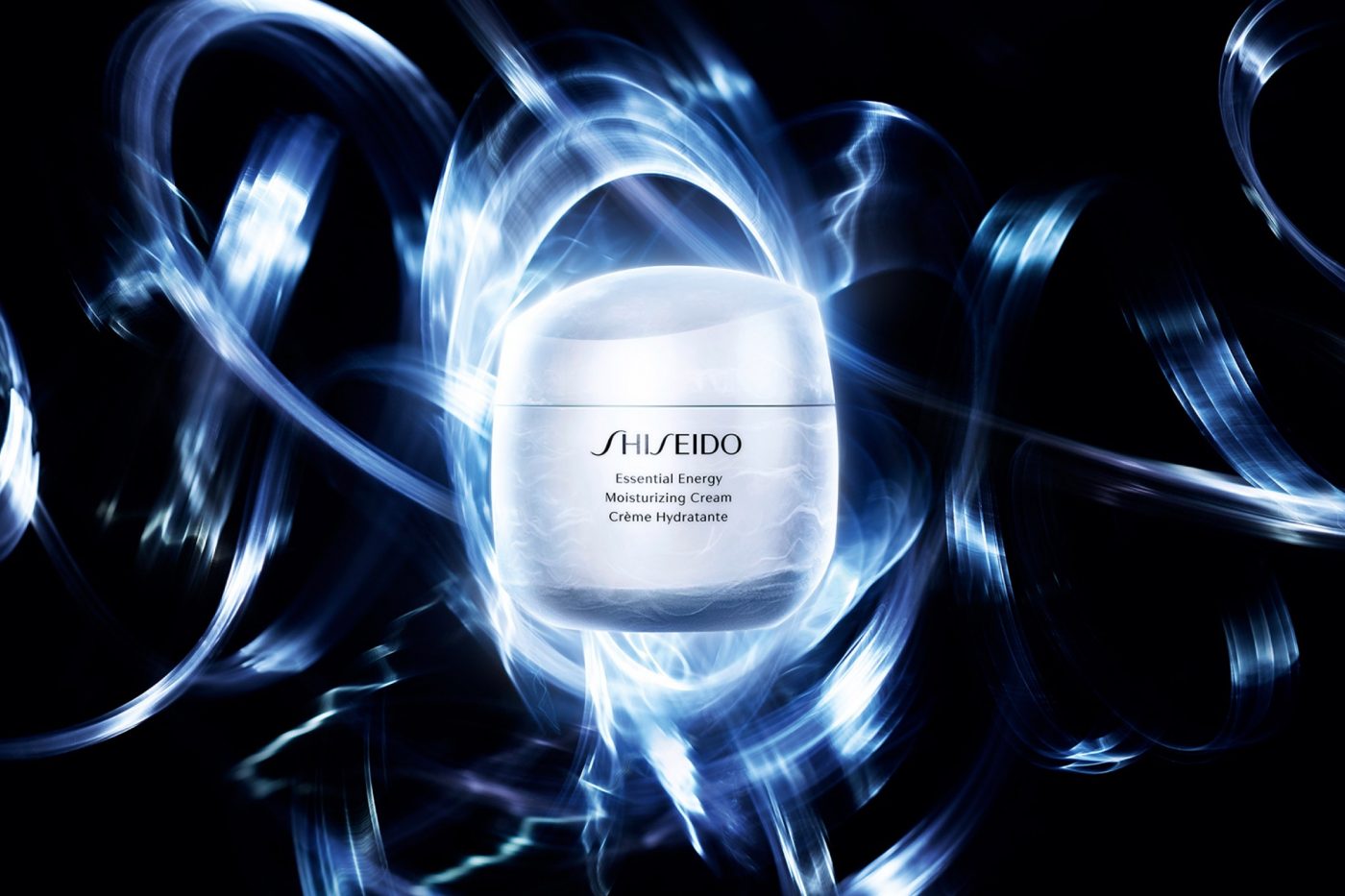
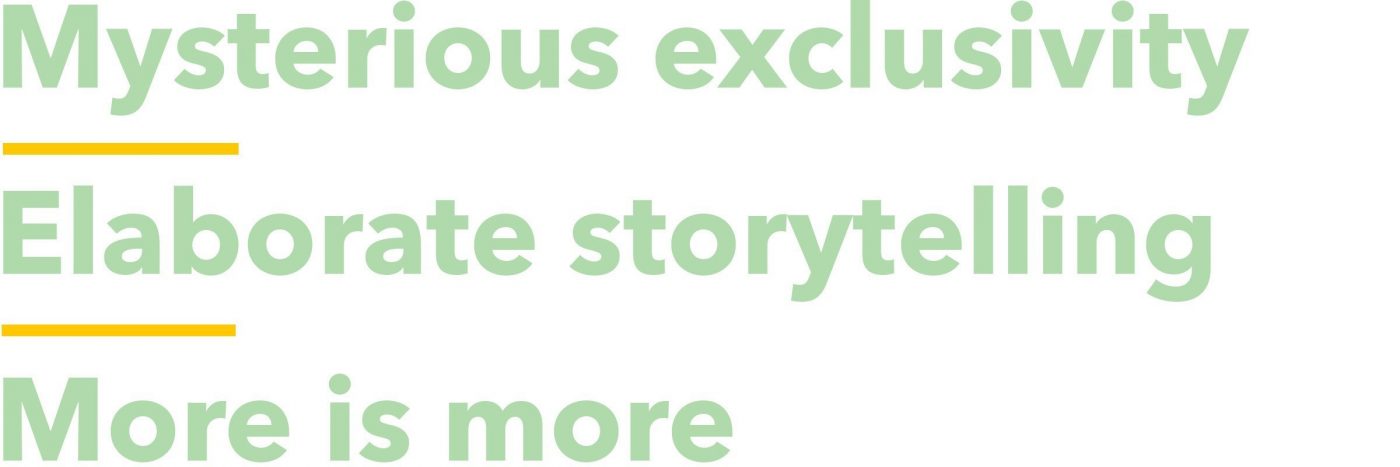
Giacomo Cesana
Creative Director